
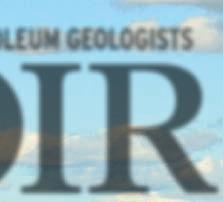
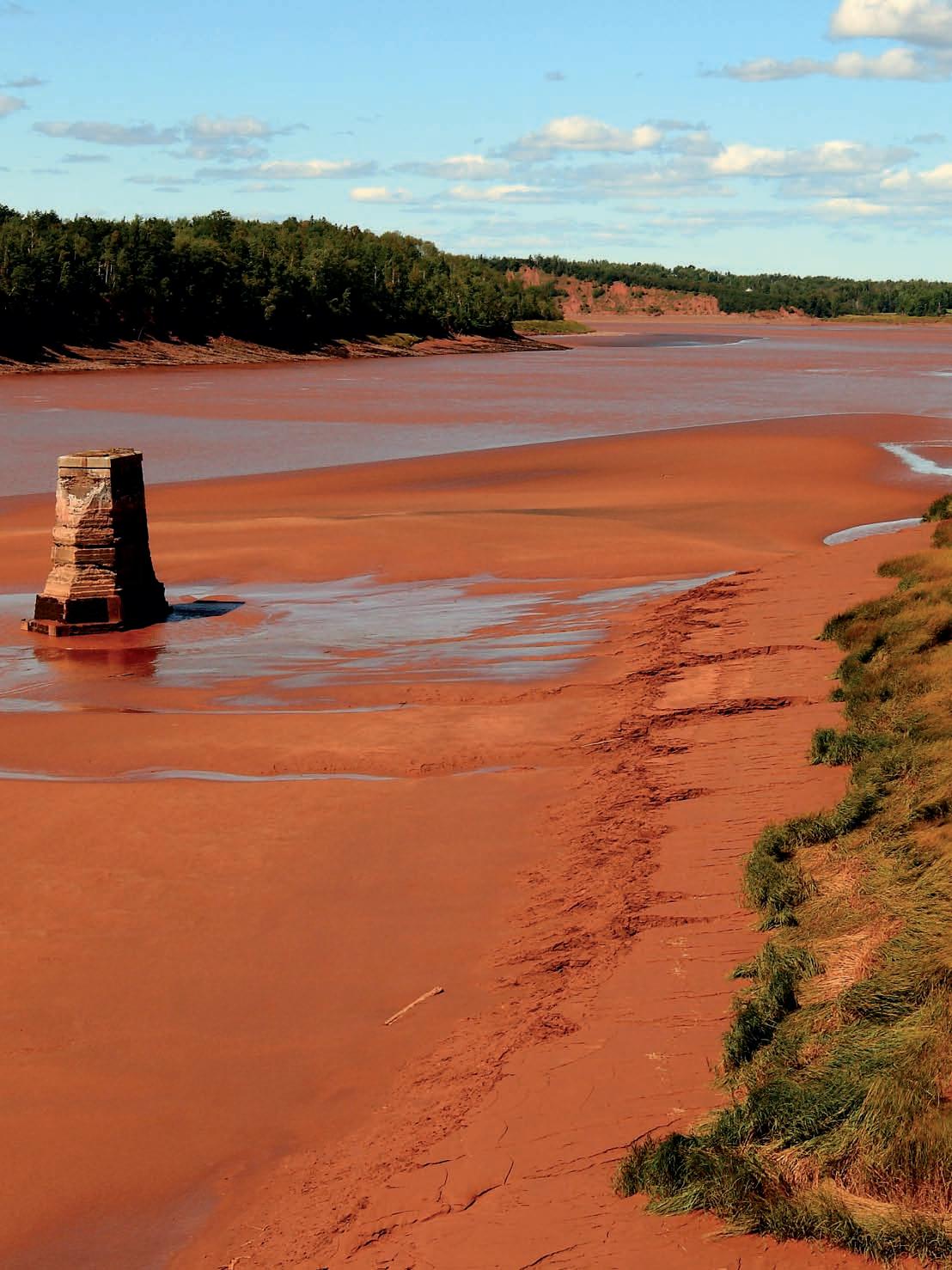
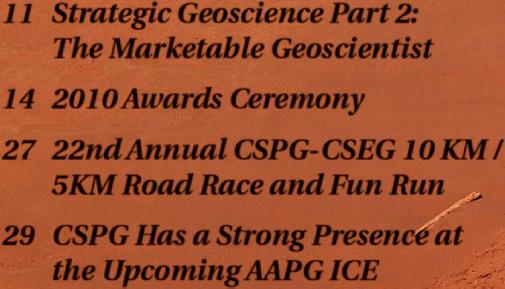








Looking to maximize opportunities in today’s volatile market?
Combine the power of PETRA® and IHS Critical Information including well and log data to define reservoir parameters and determine new opportunities faster and more cost effectively.
Let IHS information solutions improve your decision-making and reduce your risk.
For more information on PETRA visit us at www.ihs.com/reservoirsolutions
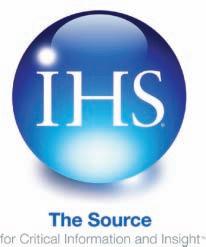
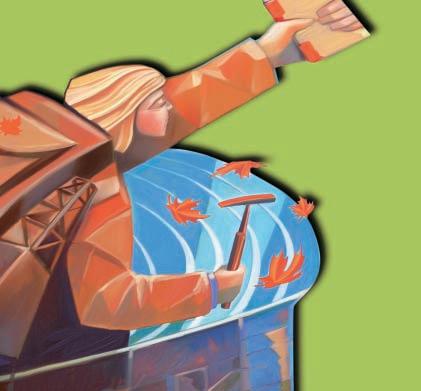

#600, 640 - 8th Avenue SW
Calgary, Alberta, Canada T2P 1G7
Tel: 403-264-5610 Fax: 403-264-5898
Web: www.cspg.org
Office hours: Monday to Friday, 8:30am to 4:00pm
Executive Director: Lis Bjeld
Email: lis.bjeld@cspg.org
Advertising & Sponsorship Coordinator: Alyssa Middleton
Email: alyssa.middleton@cspg.org
Communications Coordinator: Heather Tyminski
Email: heather.tyminski@cspg.org
Member Services Coordinator: Kasandra Klein
Email: kasandra.klein@cspg.org
Registration Coordinator: Dayna Rhoads
Email: dayna.rhoads@cspg.org
Convention Contacts
Convention Manager: Shauna Carson
Email: scarson@geoconvention.org
Convention Coordinator: Tanya Santry
Email: tsantry@geoconvention.org
EDITORS/AUTHORS
Please submit RESERVOIR articles to the CSPG office. Submission deadline is the 23rd day of the month, two months prior to issue date. (e.g., January 23 for the March issue).
To publish an article, the CSPG requires digital copies of the document. Text should be in Microsoft Word format and illustrations should be in TIFF format at 300 dpi., at final size. For additional information on manuscript preparation, refer to the Guidelines for Authors published in the CSPG Bulletin or contact the editor.
Technical Editors
Ben McKenzie Colin Yeo (Assistant Tech. Editor) Tarheel Exploration EnCana Corporation Tel: 403-277-4496 Tel: 403-645-7724
Email: bjmck@telusplanet.net Email: colin.yeo@encana.com
Coordinating Editor
Heather Tyminski, Comunications Coordinator, CSPG Tel: 403-513-1227, Email: heather.tyminski@cspg.org
ADVERTISING
Advertising inquiries should be directed to Alyssa Middleton, Tel: 403-513-1233, email: alyssa.middleton@cspg.org. The deadline to reserve advertising space is the 23rd day of the month, two months prior to issue date.
The RESERVOIR is published 11 times per year by the Canadian Society of Petroleum Geologists. This includes a combined issue for the months of July and August. The purpose of the RESERVOIR is to publicize the Society’s many activities and to promote the geosciences. We look for both technical and non-technical material to publish. Additional information on the RESERVOIR’s submission guidelines can be found at http://www.cspg. org/publications/pubs-reservoir-submissions.cfm.
The contents of this publication may not be reproduced either in part or in full without the consent of the publisher. Additional copies of the RESERVOIR are available at the CSPG office for $6.50 each. No official endorsement or sponsorship by the CSPG is implied for any advertisement, insert, or article that appears in the Reservoir unless otherwise noted. All submitted materials are reviewed by the editor. We reserve the right to edit all submissions, including letters to the Editor. Submissions must include your name, address, and membership number (if applicable). The material contained in this publication is intended for informational use only. While reasonable care has been taken, authors and the CSPG make no guarantees that any of the equations, schematics, or devices discussed will perform as expected or that they will give the
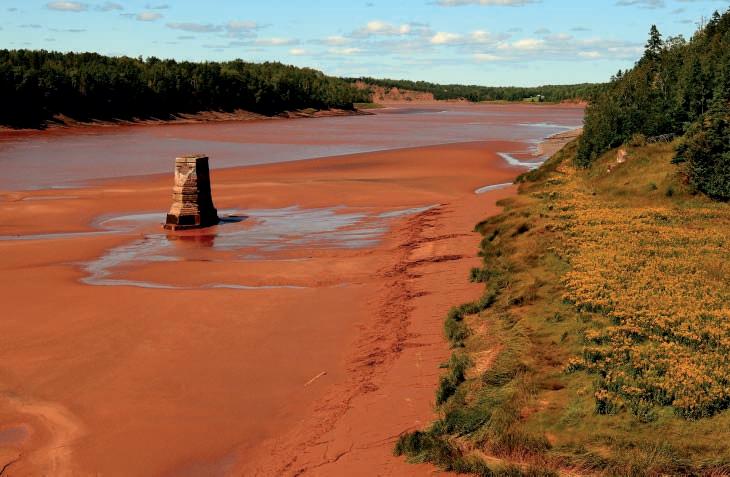
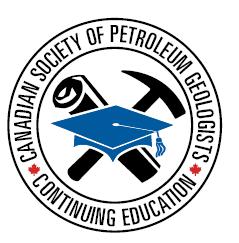
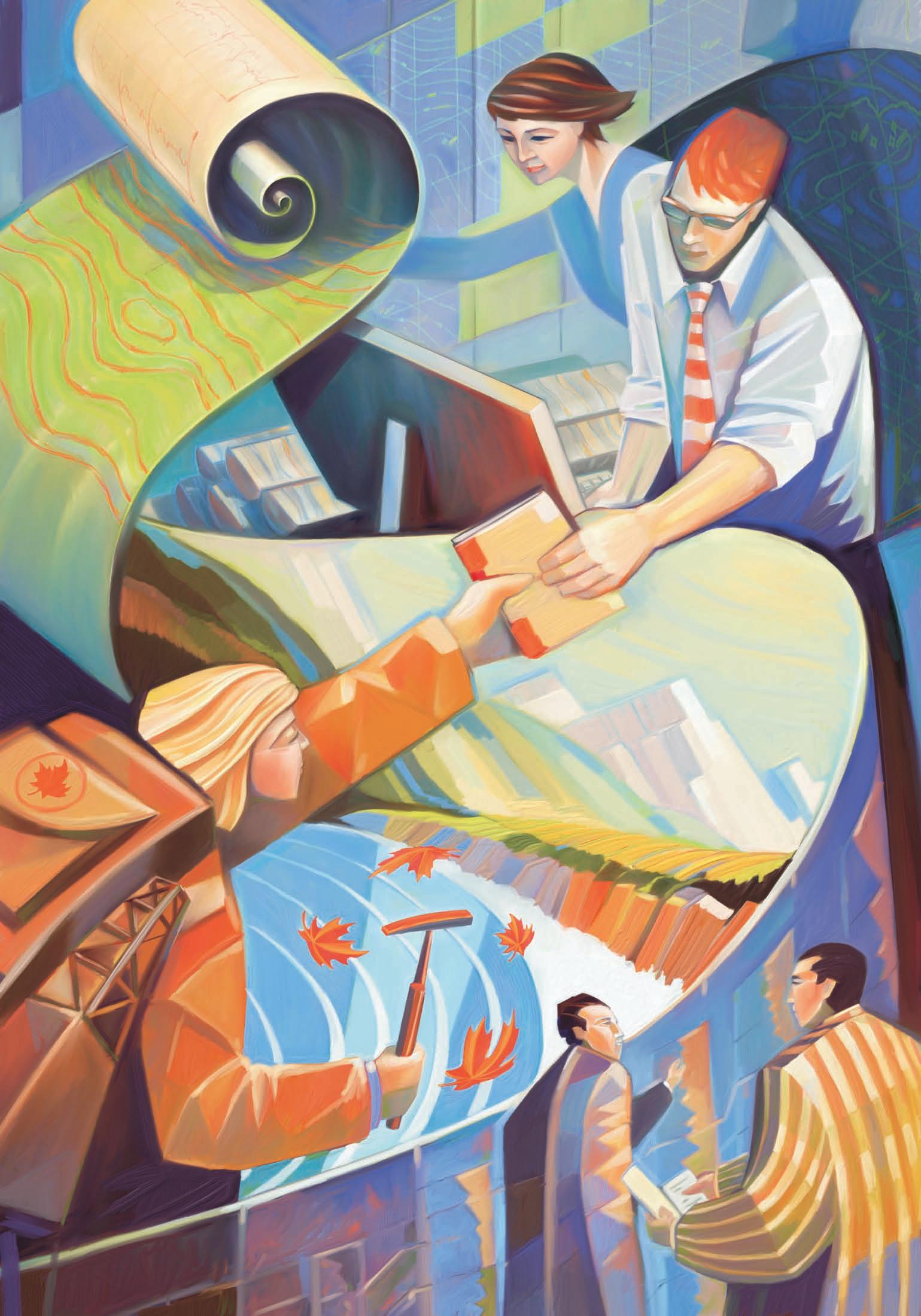
WWW.CSPG.ORG
www.cspg.org/education/education-trips.cfm
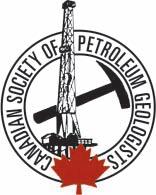
CSPG Continuing Education Committee is proud to offer the Summer/Fall Field Trip Seminar Series. Offering local one- to three-day field trips running in and around Calgary.
Stratigraphy and Hydrocarbon Potential of the Bakken Formation in Western Montana
Instructor: Ted Doughty
Date: TBA
Price: TBA
Contrasting the Reservoirs of Braided vs. Meandering Depositional Systems
Instructor: Jon Noad
Date: September 17th to 18th, 2010
Price: $550
Upper Cretaceous Meander River Deposits Exposed in the Dinosaur Park Badlands
Instructor: Derald Smith and Peter Putnam
Date: October 22nd to 23rd, 2010
Price: $850
Structure and Hydrocarbon Occurrence, Rocky Mountain Foothills and Front Ranges
Instructor: K.G. Osadetz, G.S. Stockmal, and D.K. Kisilevsky
Date: September 23 and 24, 2010
Price: TBA
For additional information please see the website at: or contact: www.cspg.org/education/education-trips.cfm
Erik Parker at eparker@petrelrob.com

















President John Varsek • Cenovus Energy john.varsek@cenovus.com Tel: (403) 645-5417
Vice President
Kirk Osadetz • Geological Survey of Canada, Calgary kosadetz@nrcan.gc.ca Tel: (403) 292-7022
Past President
Graeme Bloy • Canada Capital Energy Corporation gbloy@capitalenergy.ca Tel: (403) 975-5784
Finance director
Greg Lynch • Shell Canada Ltd. greg.lynch@shell.com Tel: (403) 691-3111
assistant Finance director
Darren Aldridge • Baker Hughes darren.aldridge@bakerhughes.com Tel: (403) 537-3505
Program director
Scott Leroux • EnCana Corporation scott.leroux@encana.com Tel: (403) 645-2000
assistant Program director
Brett Norris • TransGlobe Energy Corp. brettn@trans-globe.com Tel: (403) 264-9896
serVice director
Ayaz Gulamhussein • NuVista Energy Ltd. ayaz.gulamhussein@nuvistaenergy.com Tel: (403) 538-8510
assistant serVice director
Richard Thom • Core Laboratories Canada Ltd. richard.thom@corelab.com Tel: (403) 250-4052
outreach director
Mike DesRoches • Talisman Energy Inc. mdesroches@talisman-energy.com Tel: (403) 513-6843
assistant outreach director
Steve Dryer • Consultant whiskeyjackresources@telus.net Tel: (403) 969-2292
communications director
Stephen Hubbard • University of Calgary steve.hubbard@ucalgary.ca Tel: (403) 220-6236
assistant communications director
Jim Barclay • ConocoPhillips
Jim.E.Barclay@conocophillips.com Tel: (403) 532-3889
executiVe director
Lis Bjeld • CSPG lis.bjeld@cspg.org Tel: (403) 513-1228
A message from the CSPG Outreach Director, Mike DesRoches
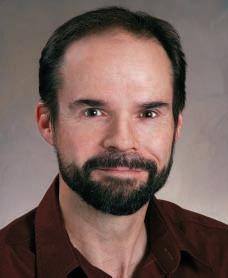
The tireless volunteer committees and CSPG office staff involved in delivering the programs of the CSPG’s Outreach portfolio have never been busier or more committed than over the past half year. As I (slowly) type out this message at the end of May, my head is full of thoughts of all that has been happening of late under the CSPG Outreach banner.
Only a week-and-a-half ago we toasted and said “goodbye, we hope to see you again soon,” to our 31 newest graduates of the Student Industry Field Trip program (SIFT). SIFT has been an ongoing success since its inception back in 1978 (thanks again Bill Ayrton for your SIFT vision, which we help to continue) and this year was no different. The SIFT 2010 Committee put the 31 Geoscience students from universities all across Canada through their paces for two information- and action-packed weeks since their arrival in Cow Town back on May 1st and 2nd. I won’t go into too much detail here about what the full SIFT experience entails as it is likely to be the subject of a future Reservoir article, later this fall, but this program’s reputation and widespread impact in Calgary and the rest of the Canadian geosciences community help the CSPG greatly to spread the positive message about the business of petroleum geology. It’s our flagship Outreach program and the SIFT committee and the CSPG intend to continue to work hard to keep it that way.
Also only a week-and-a-half ago we saw the Core Conference (and some will perhaps better remember the Core Meltdown that followed) wrap up the very full week that was GeoCanada 2010 (May 10-14). This massive, once in a decade, geosciences conference held in Calgary had something for just about everyone. Most, if not all, of the numerous geosciences societies and bodies from across Canada, including significant representation from various
levels of government and academia, were a part of the recent conference. I wish I could have personally made it to even more talks, poster exhibits, core displays, exhibitor booths and, oh yes, the socials, than I did but I think just by being around so many smart and enthusiastic geoscientists I picked up quite a bit through osmosis. The conference itself can be viewed as one huge Outreach effort on the part of the CSPG, CSEG, CWLS, and a long list of others involved as organizers, exhibitors, and participants. Many of these same societies were well represented on the large organizing committee for the Earth Science for Society (ESFS) Exhibition, held in the Stampede Corral on the Monday and Tuesday of the conference. The whole purpose of ESFS was to showcase interesting aspects of earth sciences to approximately 2,000 elementary and junior high students, as well as to the general public. It was well run, well attended and in my book, a great success. CSPG Outreach put together and offered a diverse, informative, and very popular booth at ESFS, thanks largely to the University Outreach Committee and especially to Denise Hodder – the booth designer, builder, and chief guide for the many students, teachers, and parents that dropped by to see the delta forming before their eyes, the organic goo that might someday become petroleum, the porosity variations between pickle jars of large and small marbles and numerous other clever learning tools.
The volunteers of the University Outreach Committee also coordinated and manned a second booth during GeoCanada 2010 on the main exhibit floor to showcase their excellent programs and endless ideas for more and better ways to reach out to geosciences students across Canada. Each year they organize a summer student field trip, travelling Geology lectures to various universities, send people to all of the
(Continued on page 7...)

Are you practicing geology or geophysics without a license? Did you apply to APEGGA when you first graduated only to be assigned a number of confirmatory exams? Did you decide to give up? Well, as the old cornflakes commercial used to say, “Try us again for the first time!”
Why? Because things have changed. Important things. For example, your experience. Back in the day, an applicant’s transcript was assessed against a list of 30 science and geoscience requirements — with 16 specified subjects and 14 more from a narrow range of options. But you have a lot more experience now. And your experience counts. And your experience will be taken into consideration by today’s Board of Examiners.
If you are practicing geology or geophysics in Alberta, and it’s been a while since you first applied to APEGGA, or if you have never applied, it’s time to consider doing so now.
Your Experience Counts. Visit www.apegga.org for more information or call Mark Tokarik, P.Eng., Director, Registration, Bill Santo, P.Eng., Assistant Director, Registration or Park Powell, P.Eng., Assistant Director, Registration at 426-3990 or 1-800-661-7020.
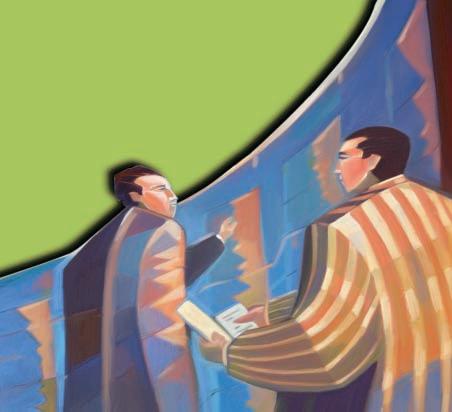

CORPORATE MEMBERS
APACHE CANADA LTD.
BAKER ATLAS
CANADIAN NATURAL RESOURCES LIMITED
CASEy & ASSOCIATES
CENOVUS ENERGy INC.
CONOCOPHILLIPS CANADA LIMITED
DEVON CANADA CORPORATION
FUGRO AIRBORNE SURVEyS CORP.
geoLOGIC systems ltd.
HUSKy ENERGy INC.
IHS
IMPERIAL OIL RESOURCES
LARIO OIL & GAS COMPANy
LITTLE ROCK DOCUMENT SERVICES
MJ SySTEMS
MURPHy OIL COMPANy
NExEN INC.
PETROCRAFT PRODUCTS LTD
PLUSPETROL
PROVIDENT ENERGy LTD.
RPS ENERGy
SHELL CANADA LIMITED
SPROULE ASSOCIATES LIMITED
SUNCOR ENERGy INC.
TOTAL E&P CANADA LIMITED
TOURMALINE OIL CORP.
(...Continued from page 5)
student-run university conferences across Canada and contribute/present awards there as well as sponsor a number of student chapters, help with bringing more students members to the CSPG through the new free student online membership program as well as setting up a new Facebook site for students and several other initiatives the committee members are involved with.
On another Outreach note, it’s time once again for the Honorary Address Committee (host societies are CSPG, CSEG and APEGGA) to organize their annual fall public outreach lecture, usually held at the Jubilee Auditorium in the first week of November. The lecture is presented to as many as 1,800 junior high school students bussed in during the day, and 500-600 members of the general and geosciences public during the evening. The committee is just getting started with deciding who and what the lecture should include so stay tuned for more information on this popular event later in the summer.
Over the years the CSPG, through the Outreach portfolio, has also hosted and given out a variety of modest scholarships and student awards. Unfortunately, many of these could not be funded last year due to the loss of our sponsors’ generous dollars that go to support these worthy ways of assisting and recognizing university level geosciences students across Canada. The CSPG in the past also directly funded parts of these initiatives but as the cupboard was looking rather bare last year, most were put on hold. We are now re-examining the need for and value of all these scholarships and awards and are seeking help from sponsors again to restart at least some of them, hopefully by later this year or early 2011.
Lastly under Outreach is the Educational Trust Fund (ETF) or CSPG Trust. Claus Sitzler recently explained the purpose and goals of the ETF in his Executive Comment in the April 2010 Reservoir so I won’t go over it again here. The most significant recent achievement of the Board of Trustees is a rewrite of the Trust Deed that governs the actions of the board and determines where the funds of the trust can or cannot be spent. All of the dollars coming out of the ETF must still go to help fund and support geoscience education and outreach activities conducted through the CSPG in Canada but the new and improved trust deed better defines what that means exactly and how it should be done. As the
CSPG Outreach Director, I am one of the Trust Board members as is the Assistant Outreach Director for 2010, Steve Dryer.
My second term as Outreach Director will be complete at the end of 2010 and Steve Dryer will take over in 2011 as the Director from his current role as the Assistant Director. The CSPG is now seeking nominations of suitable candidates for the position of Assistant Outreach Director for 2011, among others. My year as Assistant Director, working with Greg Lynch, and my nearly two years as Outreach Director have gone very quickly and have been very rewarding to me. It’s been very busy and hectic at times when the meetings and tasks all seem to pile up at the same time, on top of work and home and living life responsibilities but I am glad I got involved and met so many nice people and learned so much. There are currently several open positions for the 2011 CSPG Executive that we’re recruiting for; contact CSPG’s office at (403) 264-5610 to learn more about the nomination process. As always, there are numerous volunteer roles that we’re seeking help with so give us a call if that might interest you too.
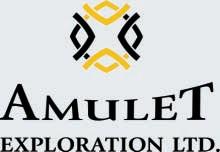
Geophysical Consulting & Exploration Management
Over 20 years of expertise
Meaningful geophysical maps
Geology-driven seismic models
Client-tailored & confidential
For more information:
Karen Brawley Rogers, P. Geoph. (403) 969-7793
karen@amuletexploration.com
www.amuletexploration.com
Dr.Stephen Grasby Geological Survey of Canada, Calgary Adjunct Professor, Department of Geoscience, University of Calgary
11:30 am
t hursday, s eptember 23, 2010
c algary te L us convention centre c algary, a lberta
Please note:
t he cut-off date for ticket sales is 1:00 pm, m onday, s eptember 20, 2010. csPg member ticket Price: $42.00 + gst. n on- m ember t icket Price: $45.00 + gst.
Each CSPG Technical Luncheon session is 1 APEGGA PDH credit. Did you know that you can book a table for the Technical Luncheon? To book your company’s table or to buy tickets, visit http://www.cspg.org/events/ events-luncheons.cfm.
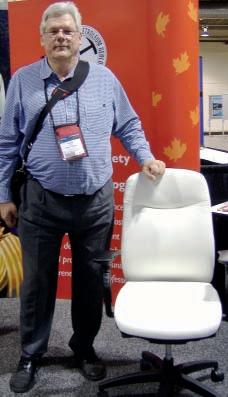

New work in the Sverdrup Basin in Canada’s High Arctic is helping understand the major changes in global ocean geochemistry that led up to, and occurred across the worst extinction event in Earth History. Carboniferous to Early Triassic rocks record a remarkable transition from carbonate to silica-dominated shallowshelf ecosystems. The near complete Late Permian eradication of carbonate producers in a clastic-starved sedimentary basin created a void filled by siliceous sponges. Previous explanations for the inhibition of carbonate producers, invoking cold water and nutrient limitations, are not supported by field observations. A new conceptual model suggests Sverdrup Basin waters became progressively more acidic in response to build up of atmospheric CO 2 through the Late Permian. Ocean acidification was initiated in response to amalgamation of the Pangea supercontinent, which inhibited the silicate weatheringresponse through development of thick protective soil blankets, leading to runaway greenhouse conditions.
Around the same time deep-water anoxia initiated after the shelf was flooded by the Late Permian Transgression in mid to
CSPG held three draws for its members at our booth during the GeoCanada 2010 Convention in May 2010.
We would like to congratulate Peter Hoyer, Paul Durkin and Pearl Deugo for winning the leather office chair and two remote-control cars. The chair was generously donated by Teknion Furniture Systems and the cars were donated by Pinnacle Promotions. Thank you to all those who participated in the draw.
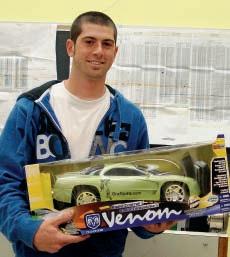
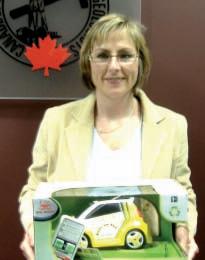
Webcasts sponsored by
late Changhsingian time, requiring a much more rapid, and much greater vertical, rise in the chemocline than that associated with relative sea level. Euxinic (H 2 S-rich seawater) conditions developed just prior to the main extinction event, that was associated with a significant pyrite rain-out event that stripped crucial bio-essential nutrients from anoxic seawater prior to the main disruption of the global carbon cycle. Eruption of the largest igneous provinces in Earth History led to massive CO 2 injection into the atmosphere and runaway greenhouse warming and overheating of the world oceans. This tipped the ocean geochemical systems back to a ‘recovery mode’ that allowed the Earth’s ecosystem to begin a long protracted recovery.
BIOGRAPH y
Dr. Stephen Grasby has been a Research Scientist at the Geological Survey of Canada since completing his Ph.D. in 1997. He is also an Adjunct Professor in the Department of Geoscience at the University of Calgary.
Due to a scheduling conflict, the speaker for the Friday, September 10th
CSPG Technical Luncheon is still to be determined.
CSPG will still have a Technical Luncheon on that date.
Check the CSPG website often for updates at www.cspg.org.
Melissa Newton University of Calgary
A September field trip to Grotto Canyon will be led by Melissa Newton from the University of Calgary.
The Grotto Canyon area, located between Exshaw and Canmore, Alberta, is a well exposed example of internal deformation within the McConnell Thrust Sheet. The area is located in the hanging wall of the Lac des Arcs Thrust within the upper Devonian Palliser Formation and illustrates many structurally complex features and fracture systems.
The field trip is a one-day excursion up the Steven and Grotto Canyon creeks to observe a number of different structures, fractures, and fabrics in the rock from
both the brittle and ductile regimes. The hike will be approximately six kilometres long (round trip) with an elevation gain of approximately 160 metres; there is loose rock in the creek bottoms and there will be a few creek crossings that could get your feet wet if water levels are high. If there is time at the end of the day, we will head into Canmore to visit a highly deformed coal and siliciclastics outcrop at the T-intersection near the Nordic Center.
Sponsored by
Participants should bring a daypack, water, sturdy hiking boots, and layered clothing appropriate for the weather conditions. The field trip is free and transport will be with the participants’ vehicles.
If you are interested, please contact the trip organizer Jean-yves Chatellier at jeanch@usa.net.
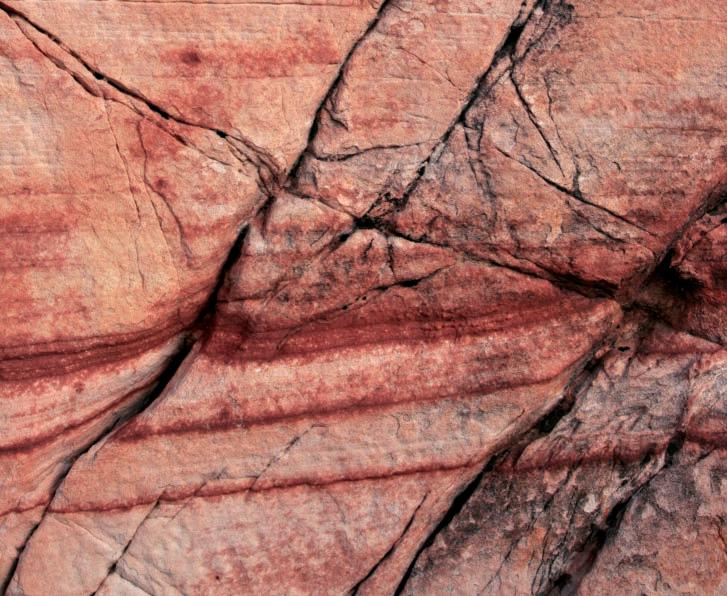
for the 9th running of November 1st - 5th, 2010 Calgary, Alberta
ACQUISITION
1 Planning Land 3-D Seismic Surveys
Andreas Cordsen November 1 - 2
PROCESSING
2 Course Unavailable
3 Wave Equation Imaging: theory and Practice Rob Ferguson
3 - 4
4 Blended Data Acquisition and Processing
D. J. (Eric) Verschuur November 1
INTERPRETATION
5 3D Seismic Attributes for Prospect Identification and Reservoir Characterization
Kurt Marfurt / Satinder Chopra
3 - 4
6 Seismic Geomorphology Henry Posamentier November 1 - 2
7 Structural Interpretation and Analysis of Fractured Reservoirs Paul MacKay November 2 - 3 ROCK PROPERTIES
8 Inversion Boot Camp John Pendrel / Dave Timko
3 - 4
9 Rock Physics for Geophysical Reservoir Characterization and Recovery Monitoring
- 2 10 Geophysical characterization of Heavy Oil Reservoirs
Lines / Satinder Chopra
CONCEPTS
Seismic Data Basics - Level I
12 Exploration: From Geology to the Seismic Section
Multicomponent Seismic Exploration in Western Canada
| By Tom Sneddon, P.Geol.
In part 1 of this two-part series, a case was made for developing a personal business plan to get your average geoscientist in early to mid-career to the next goal on his or her professional bucket list. Disclaimer! This is not an MBA in Marketing! This is a set of organized hints on a do-ityourself, informal marketing plan for a single practitioner entering the dangerous seas of self-employment from a Professional Geologist who has found out the hard way what works and what doesn’t.
As an aside to the uninitiated, a bucket list is the 100 things you want to do before “kicking the bucket” or, less dramatically, retiring. The term became popular again with the release of the 2007 Warner Brothers movie directed by Rob Warner and starring Jack Nicholson, Morgan Freeman, and Sean Hayes. If you Google the term, you will find over 5.6 million hits to peruse. It seems many people took the idea seriously, as many of the hits include many individuals’ bucket lists.
The intent of this article is to provide you with some ideas and an approach to developing the business you carry around inside your skin: Mr. or Ms P.Geo. you worked hard to earn that title and need to figure out how to get a good return on that investment.
There is plenty of advice on marketing and marketing planning for service providers, both in the professional and in the pop business advice literature. your local bookstore is a good place to start. I’ll mention a few titles I’ve encountered recently that provide sound advice and will note them as we develop your plan.
A conventional marketing plan consists of the following components:
• Plan Objectives and Key Assumptions
• Product or Service Positioning
• Marketing Tasking and Programs
• Sales Forecasting
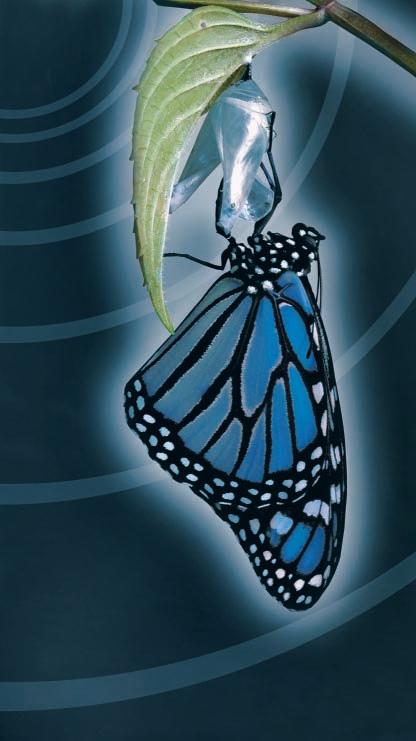
As trained scientists, we know a thing or two about establishing goals and realitychecking our assumptions. Marketing plans demand the same discipline and we should be pretty good at this first step.
A sound marketing plan begins with a personal inventory of knowledge, skills, strengths, and weaknesses. An equipment list is a good idea too – one that details the condition of each piece and its degree of obsolescence. These assets are what you have to sell to your clientele, be they inhouse or in your industry sector at large.
Next, decide who your real clientele is. This is the easy part and the outcome is your strategic goal statement. This will often require a fair amount of time in your favourite chair with your favourite beverage and note pad thinking about who could make
(Continued on page 12...)

• PP and PS modeling
• PP and PS registration
• Joint PP and PS inversion
• Stochastic inversion
• AVO/LMR analysis
• Fracture detection
use of your talents and be willing to pay for them. There is a very human impulse to jump into the marketplace too soon and hit all your friends for contracts. This approach can be hard on your friends and may miss much better targets that have always been there, but haven’t attracted your attention as fully as they should have.
The hard part is calling on the people on your list and asking them what they really need. Expect surprises. What we think they need in terms of a product or service and what they want may be two very different entities. This activity is called ‘Market Research’ and is a fascinating topic in its own right. A lot of people focus on this phase of marketing and make a lot of money doing it, including those irritating people who call you from an 888 number just as you are sitting down to dinner.
Inevitably, the critical information you are looking for about the potential client is not publicly available and to get it demands going to the source and seeking the crucial data. The information derived from this part of the exercise is assessing your personal competitive advantage.
Our science training conditions us to collect field data efficiently, fairly, and in a way that we have a handle on the error bounds associated with each datum. This can be applied for our personal market research as well. Use a suitable field book and make good notes on what each contact has to say about their business and knowledge/skill needs. Information captured from interviews is a statistical process and conducting a significant number of interviews is essential before drawing any inferences about how to develop your plan.
Numerical data (“we expect to hire five consultants at $25,000 each for three months starting in July”) is great and feeds our analytical needs, but most of the useful stuff will be non-numerical (“our goal this year is to fully evaluate the Moose Creek prospect and acquire more land”). After the fifth interviewee says the same thing, a pattern emerges about who will be doing how much of what and where. A side trip to Nickel’s Daily Oil Bulletin or The Northern Miner back issues for the last few months will provide a nice context for what you have obtained first hand. Confirmatory information from an internet search is also useful. The usual cautions recommending skepticism about the source of that information pertains.
Task one is branding. Once you have a product and worked out the financial part, you need to tell the world about it in a least-cost, most-effective way. It takes time for a brand to become a household (or office-hold) identity. If you change it too much, people (read clients) become confused and the worst thing you can do is confuse the client.
Logos and colours need to be consistent over the life of the product (you) and must be chosen with great care. It seems superficial compared to the other stuff you did to create your product; however the surface is what greets potential clients. Once the client identifies the surface part, they automatically know what is ‘under the hood.’
As a professional, you have constraints on what you can advertise and how you can advertise (see http://www.apegga. org/pdf/Guidelines/19.pdf “Guideline for
Advertising of Professional Services for those details). While the constraints seem somewhat tight, they are actually very helpful in creating the brand image you wish to project, without descending to the level of fast food promotion.
The next step is promotion. The Reservoir goes to every company in town, as does the PEG. That puts your business card in the primary audience at low cost. Don’t forget to include the APEGGA logo on your card! If you are also a corporation, you can use the permit holder version of the logo as well. The rules for using the logos are detailed in Guideline 19 and the logos can be downloaded from the web site. Next, since you have a target audience well established, put your ad into the trade journal most likely used by that audience. It will cost more (there is a smaller circulation to support the specialty magazine), but it will go to the people you want to impress most.
At some point in time, further research will become redundant. It is time to stop thinking about improving your product and start selling it: the next phase of planning begins. your research will show whether your skills and knowledge are sufficient to meet market needs, or will dictate how you need to improve in order to develop the product or service that the data suggests will sell.
At this juncture, we need to have a thorough knowledge of exactly what it is we are selling. For a geoscientist, ‘it’ is probably a service and it is crucial the service be simple and well defined. The KISS (keep it simple and straightforward) principle pertains.
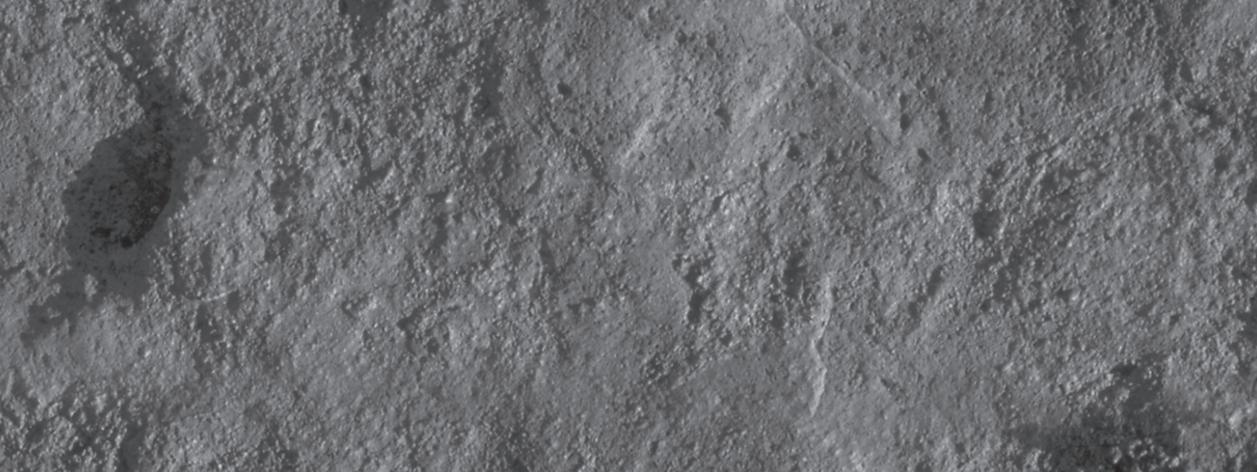
16 years wellsite geological supervision
33 years Canadian oil & gas experience
Horizontal/Foothills/Alberta/British Columbia/ Saskatchewan
Francis Chan, P. Eng. & Associates (403)816-0143
Email: fchan143@telus.net

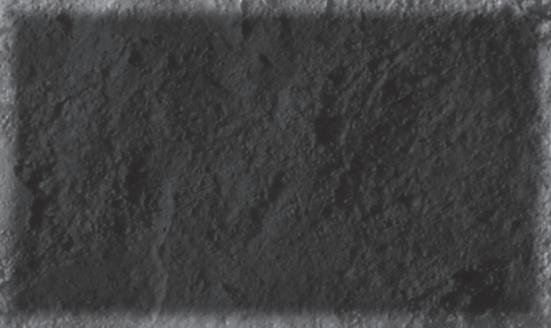
For most of us, the product is a report on a piece of property or set of claims that meets the criteria for publication under National Instrument (NI) 43-101F1. Or the product contributes to a set of resource estimates that will ultimately be a report under NI51-101, if the target market is the publicly traded natural resource exploration and production company. It might also be a specific product you sell to other geoscientists, like a strip log or an outcrop map. Here I make a key assumption: you did your market research and you have a good idea what form and format of report you can put together for a client and that there are enough clients out there to make it worth your while to do it.
The “s” word – SELL – is one most technology-oriented people fear the most. We fear it because most of us don’t like to be rejected and every sale requires at least ten approaches. The whole reason for doing a marketing plan is to ensure that we know our market before we go out to sell and lead us to the people most likely to be interested in our product or service and minimize the rejection factor.
Sales expertise involves several key elements, the first of which is building a bond of trust with the potential client/ customer.
If the client is a Professional Member of APEGGA or sister organization in another jurisdiction that adheres to the same code of ethics you do and holds the same core values, you start with a common set of assumptions and basic knowledge of the service. After all, you both know how to perform a thermodynamic analysis, identify minerals, and can sort rocks by their petrology. In addition, neither party will attempt to lie, cheat, or steal anything from the other nor work toward a deal that does not benefit both parties.
If confidential information is involved that cannot be divulged directly, the parties will declare that at the beginning. If the information is the most important key to the sale, the parties will enter into a nondisclosure, non-competition agreement to share that information and proceed beyond that toward a sales agreement. If that isn’t possible, then the negotiation is at an end unless the acquiring party decides it can continue if the undisclosed information is not important enough to kill the deal. After that, the negotiation is purely on business and economic issues, which are tough enough by themselves.
Without the basic ground rules of a base of knowledge common to both parties and both common values and ethical conduct, the negotiation becomes much more difficult. Due diligence beforehand involves third-party experience with the ethical conduct of the other party; its history of doing business deals in the industry where you have expertise and background checks on the people with whom you plan to do business.
If you find they have a somewhat different world view from yourself and hold different values, the negotiation strategy becomes more defensive, with both confidential and ordinary information being withheld. you also start with very different and asymmetrical levels of technical and economic information that will require a lot more explanation and thus more opportunity for misunderstanding. It leads to a game of “Guess what’s in my head”, which then becomes time consuming and not particularly productive. Negotiation strategies are a fascinating sidelight of sales and marketing. A good book on the subject of economic game theory is The Art of Strategy by Avnish Dixit and Barry Nalebuff (W.F. Norton & Company, 2008; ISBN 978-0-393-06243-4).
So there you have a thumbnail sketch to getting your most important product (you) moving toward a successful business venture. Whole books have been written on this topic and before embarking on the most important marketing plan in the world; you should pick up a couple and expand on this outline.
Good luck and happy hunting!
The Selley Cup article in the June Reservoir had an error in its acknowledgments, which should have read:
The Canada Region competition could not be possible without the generous support of sponsors, which this year included Nexen, Husky, Shell, Talisman, Imperial Oil, CSPG, CSEG, and the AAPG.
Our apologies for the error.







Never underestimate the value of a good translator. Nothing lost in translation. So much gained. Clear, precise geological definition for conventional and non-conventional reservoirs.
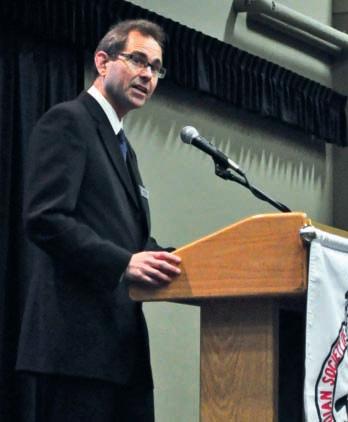
The Canadian Society of Petroleum Geologists annually recognizes members for their dedicated volunteerism and technical contribution to advances in Petroleum Geology.
The 2010 Awards Ceremony was held during the GeoCanada 2010 Convention and for the first time was open to the public. The 2009 CSPG Award recipients, CSPG Award Committee Chairs, various members of the CSPG Executive Committee, and guests met to celebrate these achievements.
The 2009 awards were presented by CSPG President Dr. John Varsek, with assistance from the Assistant Services Director (Richard Thom) and Award Committee Chairs (Colin yeo, John Hogg, Graeme Bloy, Margot McMechan, and Ian Kirkland).
CSPG recognizes excellence in advancing the science of geology, especially as it relates to petroleum, natural gas, and other fossil fuels. In doing so, we also recognize those who promote the technology of exploration for finding and producing these resources. The 2009 Technical Award winners presented are as follows:
• Stanley Slipper Gold Medal for Outstanding Career Contributions to Oil and Gas Exploration in Canada – Michael Rose
• R.J.W. Douglas Medal for Outstanding Contributions to the Understanding of Sedimentary Geology in Canada – Dr. Jim Dixon
• Honourary Memberships – Dr. Ashton Embry, John Maher, and Dr. Rick young were acknowledged, and were presented with their awards the following night at the 10th Annual Long-time Members Reception.
• Link Award for Best Presentation –Technical Luncheon Series – Dr. Jon Noad
• Medal of Merit for Best Paper Related to Canadian Petroleum Geology – Dr. Daniel Ross and Dr. Marc Bustin
Volunteers are the backbone of the Society and the CSPG simply would not exist without the help of these dedicated people. The following 2009 Volunteer Awards were presented at the 2010 Award Ceremony:
• President’s Special Recognition Award for Significant and Sustained Contributions to Canadian Petroleum Geology – Dr. Gordon Williams
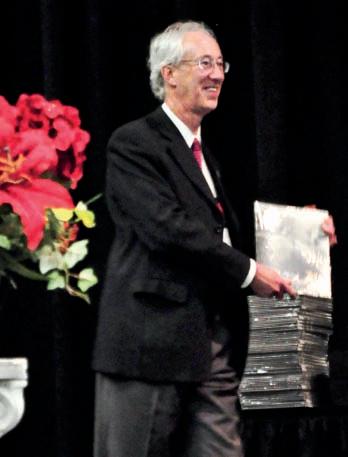
• President’s Award for Outstanding Service by a CSPG Member – Dr. Tony Cadrin
• H.M. Hunter Award for Long-term Service in a Variety of Capacities – Peter Harrington and Peter Hay
• Tracks Awards for Members Who Have Set New Standards of Excellence – Norbert Alwast, Astrid Arts, Mike Cecile, Travis Hobbs, Ben McKenzie, and Chris Seibel
• Service Awards – 26 recipients (a list of recipients can be seen at http://www.cspg. org/about/awards.cfm)
• Volunteer Awards – 55 recipients (a list of recipients can be seen at http://www.cspg. org/about/awards.cfm)
John Varsek also recognized the following volunteers: Technical Luncheon speakers, Technical Division speakers, Short Course instructors, Field Seminar leaders, the 2009 Honourary Address speaker, SIFT field trip leaders and Industry Judges, Bulletin of Canadian Petroleum Geology authors, and Reservoir authors and contributors.
Special thanks went to the Educational Trust Fund trustees, the 2010 Executive Board of Directors, and all of the volunteers who helped make GeoCanada 2010 a success.
We look forward to the next Awards Ceremony in 2011, which will honor the 2010 CSPG Award Recipients.
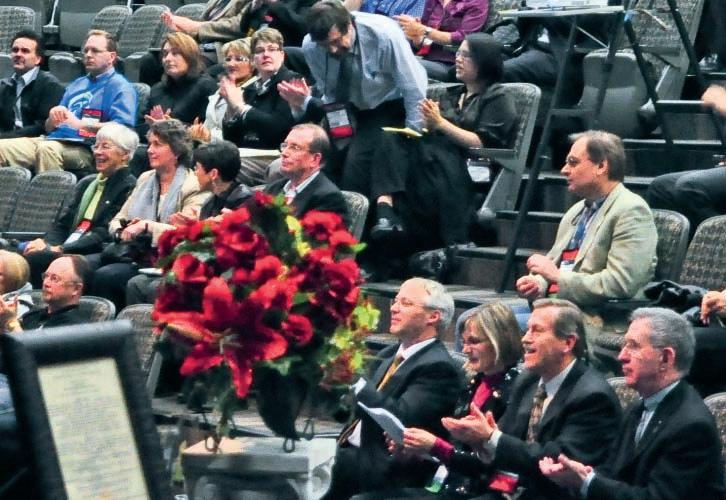
The Stanley Slipper award was established in 1989 and is the CSPG’s most prestigious award. The award is named for Mr. Stanley E. Slipper (1890-1982), who was the Alberta Society of Petroleum Geologists first President in 1927, and a pioneer of early exploration efforts in Alberta. The winner of this award has made contributions encompassing one or more activities related to petroleum exploration and development. Such activities may include: initiating and leading exploration programs, teaching and mentoring, developing innovative exploration concepts, and also includes demonstrated leadership within geological societies and professional organizations.
The 2009 winner of the Stanley Slipper Gold Medal is Michael Rose, President of Tourmaline Oil, who was presented with his award at the 2010 CSPG Awards Ceremony on May 10th, 2010 during the GeoCanada Convention. John Hogg, 2009 Chair of the Stanley Slipper Award Committee made the presentation of the medal.
Rose started his geology career as a ten-yearold rockhound digging around the Dundas, Ontario limestone quarry looking for pockets of Celestite crystals. He received his Honours B.Sc. in Geology from Queen’s University in 1979 and commenced employment at Shell Canada in the Exploration Department.
After initial training and a Field Studies compilation, Rose was assigned to the Peace River High as an area geologist where he made modest natural gas discoveries at Hines Creek, Royce, and Worsley. Following an assignment in the Regional New Plays group, Rose pursued several of these plays in Northern Alberta drilling several successful new pool discoveries at Sousa, Hay River, Steen, and Zama Lake.
In 1985 Rose was assigned to Geological Engineering in the Development Department where he found significant new gas reserves in the Mississippian frontal imbricates at Jumping Pound West and ran significant drilling programs throughout Shell’s extensive portfolio, including House Mountain and Virginia Hills.
Rose’s next assignment was team lead of NW Alberta / NEBC where he either directly or through guidance generated many new plays and drilled successful exploration wells at Boundary Lake, Jackfish, and Cranberry.
Rose left Shell in May 1993 to found Berkley Petroleum along with John Woods, an independent businessman.
Berkley bought a small property package from Texaco Canada in mid-1993 and was a public issuer by September of 1993. Berkley grew steadily from micro-cap to intermediate status through the 1990s with a series of exploration discoveries and undeveloped property acquisitions with major gas reserve additions at Adsett and Wild River amongst others.
Berkley was sold in March 2001 to Anadarko Petroleum for $1.6 billion following a hostile take-over bid by Hunt Oil at Christmas of 2000.
Rose founded Duvernay Oil Corp. immediately following that and it grew almost exclusively through the drill bit to Intermediate status in the 2000s.
Rose was the prime initiator of the Triassic Doig tight gas sand play at Sunset-Groundbirch, with ultimate gas reserves in excess of 250 bcf.
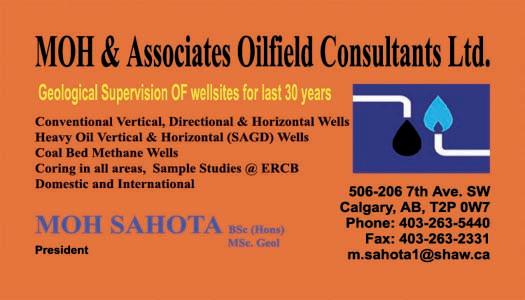
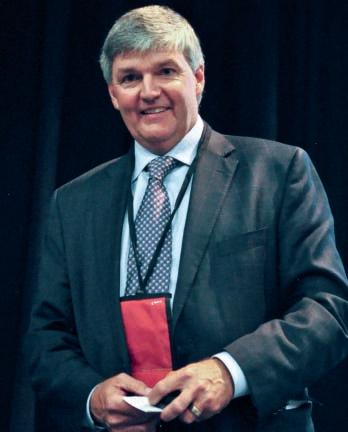
Michael Rose
Rose helped nurture and lead the Duvernay EP team in developing a natural gas asset base that was ultimately sold in August 2008 for an enterprise value of $5.9 billion.
After taking a weekend off, Rose founded Tourmaline Oil in September 2008 and with his familiar team of EP experts has grown this company to a current private market capitalization of almost $2.0 billion. Tourmaline Oil is named after Rose’s favourite mineral, so he hasn’t forgotten his original roots.
Rose’s career and passion has been and always will be exploration. This exemplifies the qualities of Stanley Slipper Award winners.
The full Stanley Slipper citation for Michael Rose appears in the March 2010 issue of the CSPG Bulletin of Canadian Petroleum Geology.
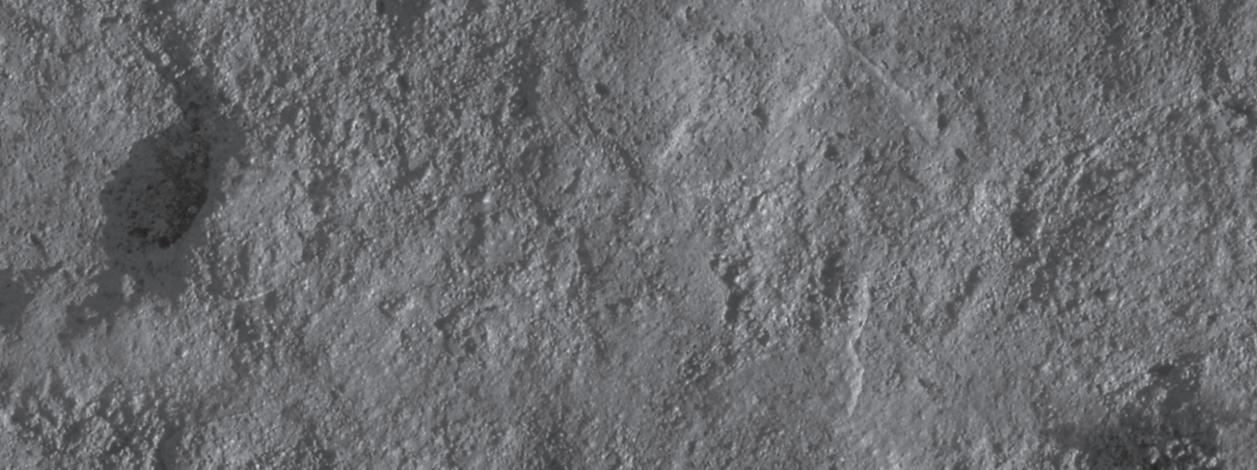
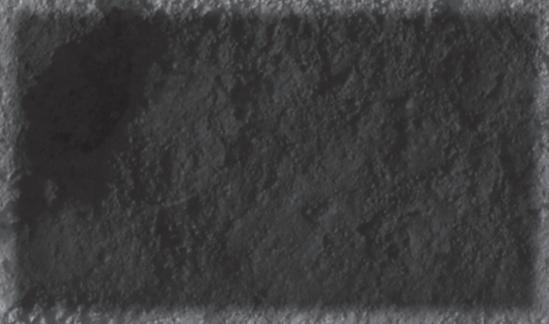

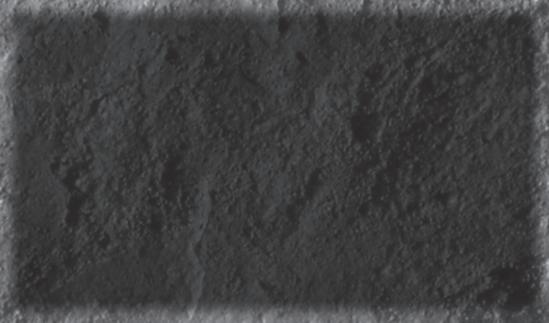
The R.J.W. Douglas Medal is presented annually for outstanding contributions to the understanding of sedimentary geology in Canada, and includes the related fields of regional tectonics, petroleum systems, and structural geology. The award is open to all geologists who follow the example of Bob Douglas in contributing to the development of Canadian sedimentary, petroleum, and structural geology. Bob Douglas had been well known for his geological cartography and was associated with the GSC until his death in 1979.
Margaret McMechan, R.J.W. Douglas Medal Chair, presented Dr. James Dixon with this award on May 10 at the 2010 CSPG Awards Ceremony.
Dr. Dixon has had a productive and influential 36-year career, initially with the petroleum industry and then with the Geological Survey of Canada. His work has been characterized by timeliness and comprehensiveness with more than one hundred publications including many definitive scientific journal articles and several major Geological Survey of Canada
volumes. Many of these publications are now recognized as standard reference publications for Tertiary, Cretaceous, Triassic, and Cambrian stratigraphy; tectonics; and petroleum geology across western and northern Canada.
In addition to his direct contribution to our understanding of the geology of western and northern Canada, Dr. Dixon found the time to provide what can only be described as exceptional service as a scientific editor. He was, for seven years, the senior editor and executive committee member for the CSPG, the chief editor for the Bulletin of Canadian Petroleum Geology for three years and was co-editor of the Geological Atlas of the Western Canada Sedimentary Basin (1994), which is regarded as the single most comprehensive reference available concerning the subsurface geology of western Canada.
There can be no doubt concerning the magnitude of Dr. Dixon’s contributions to our understanding of the sedimentary and petroleum geology of Canada.
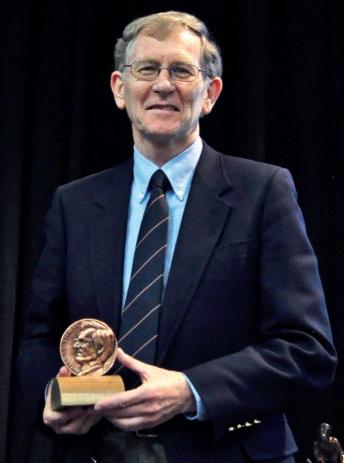
Dr. James Dixon
The full R.J.W. Douglas Award citation for Dr. James Dixon appears in the March 2010 issue of the CSPG Bulletin of Canadian Petroleum Geology.
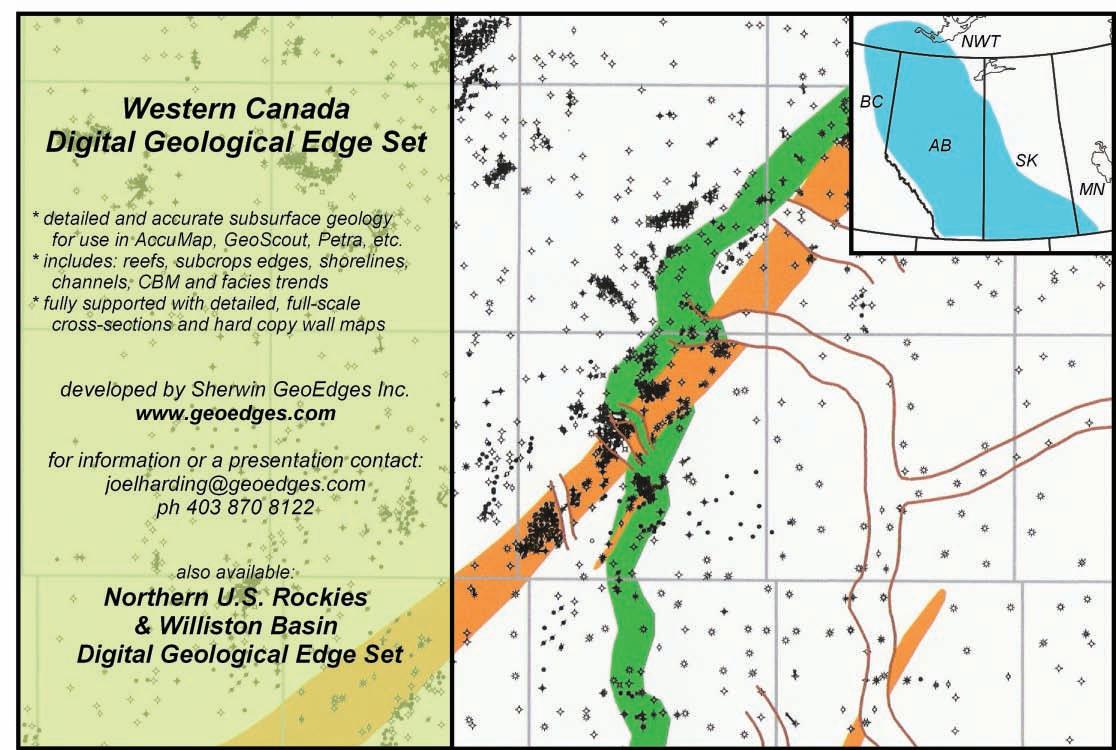
Honourary Membership is awarded for distinguished service to the Canadian Society of Petroleum Geologists. This year, three worthy recipients were presented with their Honourary Memberships at the 10th Annual Long-Time Members Reception on May 11th, 2010 held during the GeoCanada Convention.
Dr. Ashton Embry
Ashton Embry joined the CSPG in 1968 and has since played many key roles as a volunteer in numerous committees and activities, including being a Joint Annual Convention General Chairman, and a Technical Program Chair on two occasions. He was Editor of the CSPG Bulletin for eight years, and was a co-editor of three CSPG Memoirs including the ambitious three-volume Devonian of the World. As Communications Director for six years, he was responsible for bringing the CSPG into the digital age. Embry has received multiple awards from National and International Societies for his scientific and service contributions. Most notably from the CSPG, he has received the following scientific awards: the Medal of Merit, Best Convention Poster, and the Link Award (Best Technical Luncheon Presentation). For his outstanding service to the Society he has received the President’s Award, the H.M. Hunter Award, and has been the unprecedented recipient of five Tracks Awards.
John Maher
John Maher has been active in the CSPG since establishing the one-day field trip program in 1977. He has been on numerous committees and helped to establish the Stanley Slipper Gold Medal award. He served on the Executive, first as Treasurer and then as a very active President in 1984. For a number of years he was a Canadian Observer on the United States Potential Gas Committee. In 1987 he organized
FARHATHYDERI,P.Geol President
Tel4037260666
Fax4034515380
Cell4038192516
farhat@sableconsultants.com
SABLECONSULTANTS.COM
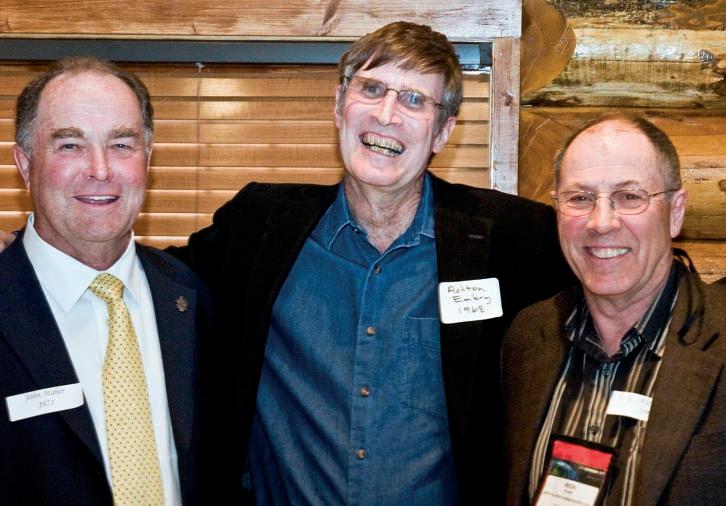
with People to People a memorable twentythree-day field trip to China for twenty-two CSPG participants. For three years he was the Alberta Industrial Advisor to the Canadian Minister of Natural Resources and for five years Maher was on the Advisory Board of the Centre for Earth Resources Research at Memorial University. Maher has had an exciting and varied career as a geologist, explorationist, and manager and has made many contributions to the Canadian Society of Petroleum Geologists and the profession of geology.
Dr. F.G. (Rick) Young
Rick young has been involved with the CSPG almost continuously throughout his career. He founded and ran the International Technical Division in 1985, while serving on the Executive
as Business Manager. He was actively involved with several conventions, culminating in being General Chairman of the 1990 CSPG Convention, which took in a record profit for a stand-alone convention at the time. young subsequently served on the Executive for two years, before becoming President in 1994. His awards from CSPG include the Best Ph.D. Thesis Award, Link Award for best Technical Luncheon presentation, and President’s Award.
The full Honourary Membership citations for Dr. Ashton Embry, John Maher, and Dr. F.G. (Rick) young appear in the March 2010 issue of the CSPG Bulletin of Canadian Petroleum Geology.

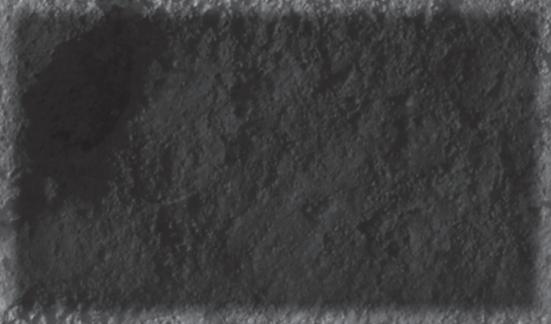

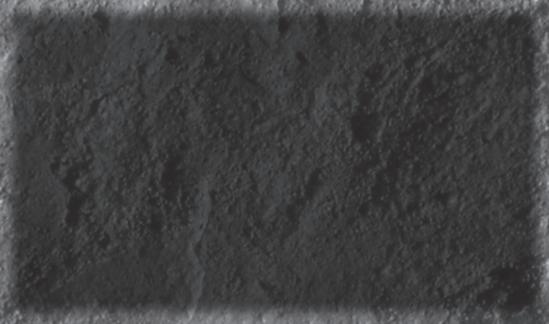
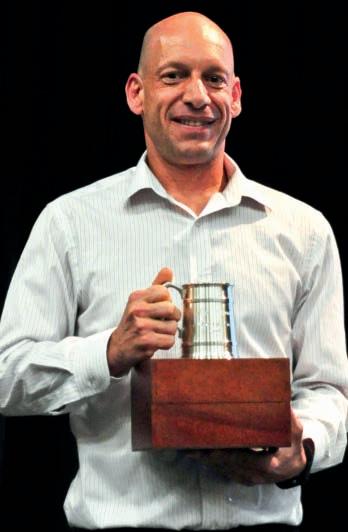
The CSPG Link Award is given for the best presentation at a CSPG Technical Luncheon session. The presentation must be of either a geological or a related technical subject, and must be presented in Calgary by a CSPG member. The award was presented by Dr. John Varsek, CSPG President at the 2010 CSPG Awards Ceremony on May 10th, 2010 during the GeoCanada Convention.
The recipient of the 2009 Link Award is Dr. Jon Noad. The Link Award Committee deemed his June 8, 2009 talk, entitled “The Sedimentology of Ancient Mangroves: Swamped with Hydrocarbon Potential,” to be the best of an excellent group of talks in 2009.
Noad works for Shell Canada as Senior Exploration Geologist in basin-centred tight gas. He began his career in gold and platinum mining in South Africa after graduating in 1985 from Imperial College, London. Returning to the UK, he joined British
The Medal of Merit is awarded annually for the best paper published in a peer-reviewed scientific journal (during the previous year) on a subject related to the petroleum geology of Canada. More specifically, the Medal of Merit Committee favours papers which are broad in scope and are clearly written, well presented and illustrated with novel ideas, thorough data collection, and linkage of data to interpretations and conclusions. A clear relevance to Canadian petroleum geology and the practice of petroleum geology is greatly preferred if not essential.
The 2009 Medal of Merit was awarded to Dr. Daniel Ross and Dr. Marc Bustin for their paper: “Characterizing the shale gas resource potential of Devonian-Mississippian strata in the Western Canada Sedimentary Basin: Application of an integrated formation evaluation.” The paper was published in the January 2008 AAPG Bulletin, v. 92, p. 87125.
The paper describes how the authors evaluated the shale gas reservoir properties of the shales and mudstones of the DevonianMississippian Besa River, Horn River, Muskwa, and Fort Simpson formations. The paper has important applications for the effective evaluation and exploitation of this significant
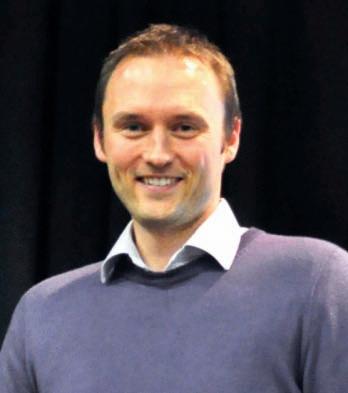
new western Canada shale gas resource in the Horn River play with estimated gas in place exceeding 500 tcf. With the steadily increasing focus on shale gas reservoirs in North America and internationally the data and interpretations may be applicable to other basins. In addition, the paper is well written and illustrated, introduces significant new data, and effectively integrates data from multiple sources.
Ian Kirkland, Medal of Merit Committee
Telecom as their first marine geologist where he was responsible for routing and burial of international subsea telecommunications cables. He also completed a Masters in Sedimentology through evening classes, with a thesis project based in Dinosaur Provincial Park here in Alberta. This was followed by a Ph.D. at University College London. There he worked on the sedimentary evolution of eastern Borneo, kindling a lifetime interest in fossil mangroves. He joined Shell in 1998, based in Holland, and worked mainly on Middle Eastern exploration before moving to Canada in 2006. Noad has also taught at Delft University. He is the former President of the PGK in Holland and current President of the British Sedimentological Research Group.
The full Link Award citation for Dr. Jon Noad appears in the March 2010 issue of the CSPG Bulletin of Canadian Petroleum Geology.
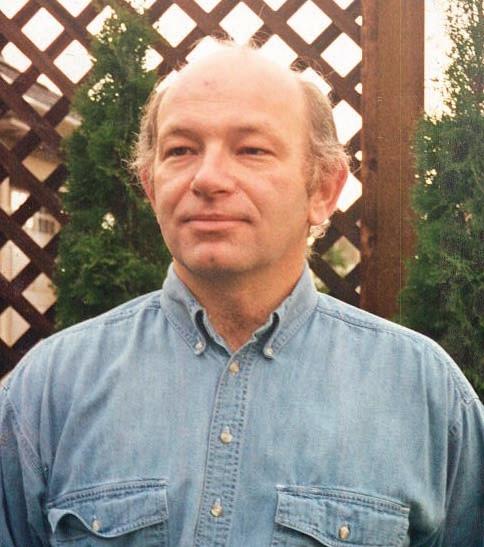
Chair, presented Dr. Daniel Ross with his award at the 2010 CSPG Awards Ceremony, held on May 10 during the 2010 GeoCanada Convention. Dr. Marc Bustin could not be in attendance.
The full Medal of Merit citation for Dr. Daniel Ross and Dr. Marc Bustin appears in the March 2010 issue of the CSPG Bulletin of Canadian Petroleum Geology.
The President’s Special Recognition Award can be presented to individual CSPG members, institutions, or organizations whose sustained efforts have brought great honour and distinction to the CSPG, to petroleum geology, and to the geosciences community. The Award has only been granted five times in the history of the Society; to three institutions and to only two individuals.
The 2009 President’s Special Recognition Award was presented to Dr. Gordon Williams at the 2010 CSPG Awards Ceremony held on Monday, May 10th, 2010 during the GeoCanada Convention. The award was presented by 2007 CSPG President and nominator Colin yeo.
Over the course of his career, Dr. Williams has worked on numerous oil and gas, oil sands, oil shale, and coal projects across Western Canada and the Northwest Territories. Today he operates his own consulting company.
Dr. Williams has been active in the advancement of the geosciences profession and its future professionals. He taught geology and served as chair of the Geology Department at the University of Alberta. He also taught at the University of Queensland in Brisbane, Australia, and served as Dean of Science and Technology at (then) Mount Royal College. Currently, Dr. Williams is a sessional instructor in petroleum land management at the University of Calgary’s Haskayne School of Business.
Dr. Williams has been a key player in the Association of Professional Engineers
Geologists and Geophysicists of Alberta (APEGGA)’s regulatory functions. An active volunteer for more than 30 years, he served as a member of the Board of Examiners, the Nominating, Discipline and Investigative Committees, the Practice Review Board, the Education Coordinating Committee, and many other committees. He was a member of council and vice-president for two years before becoming president of APEGGA in 2008.
Nationally, Dr. Williams played a pivotal role in establishing the Canadian Council of Professional Geoscientists (CCPG), which is now known as Geoscientists Canada. Geoscientists Canada is the amalgamation of professional associations across Canada that regulates the profession of geoscience. He served as chair of its Board of Directors and as President. The CCPG helped raise the stature of geosciences across Canada to a professional level. Dr. Williams was instrumental in designing and implementing geosciences accreditation across Canada. He is an honourary member and past president of the CSPG, a distinguished fellow of the Geological Association of Canada, and an honourary fellow of Engineers Canada.
Dr. Williams has also been recognized by receiving the CSPG Tracks Award, President’s Award, and Honourary Membership, as well as APEGGA’s L.C. Charlesworth Professional Service Award and Honourary Life Member Award. CCPG has bestowed upon Dr. Williams the first-ever Canadian Professional Geoscientist Award and the Geological Association of Canada has awarded him the J. Willis Ambrose Medal.
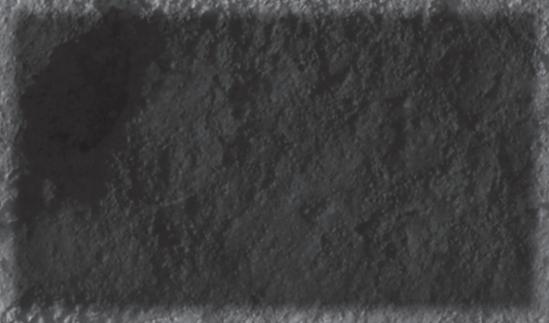
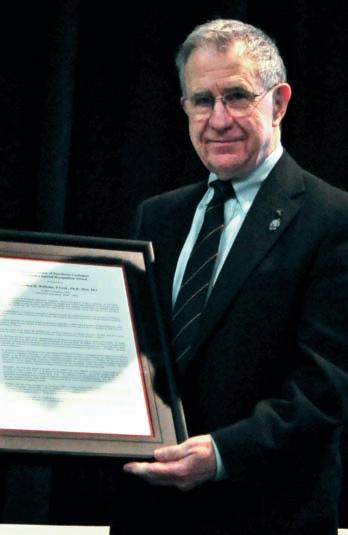
It is with great pleasure that the Canadian Society of Petroleum Geologists has bestowed the President’s Special Recognition Award on Dr. Gordon Williams for his sustained and outstanding contributions to the CSPG and to Canadian petroleum geology.
The full President’s Special Recognition Award citation for Dr. Gordon Williams appears in the March 2010 issue of the CSPG Bulletin of Canadian Petroleum Geology.




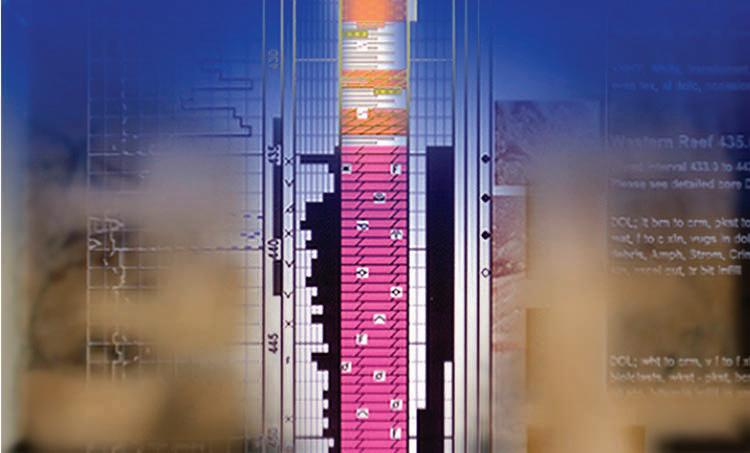
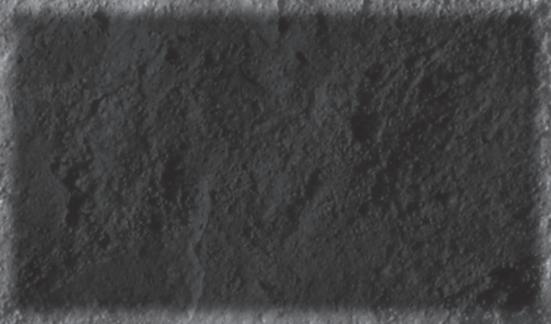



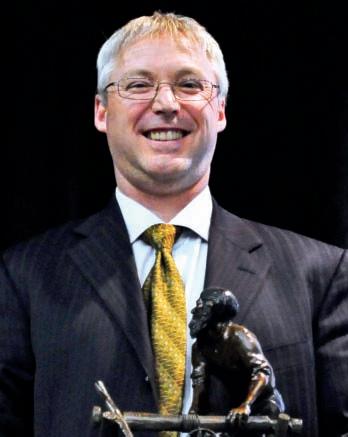
The President’s Award is the highest CSPG volunteer award presented in any given year. It recognizes a current CSPG member who has contributed to the Society through outstanding service, and is chosen by the President at the end of their term. 2009 CSPG President
Graeme Bloy presented the 2009 President’s Award to Dr. Tony Cadrin during the 2010 CSPG Awards Ceremony held on May 10th, 2010 during the GeoCanada Convention.
Cadrin has been a member of the Society since 1984, when he joined as a student member. He first volunteered on SIFT’s (the outreach program called the “Student Industry Field Trip”) planning committee in 1991 and continued working on this committee until his appointment as Chair in 1995-1996.
Cadrin has served on the CSPG Executive Committee as Assistant Service Director (1998), Service Director (1999), and Program Director (2001).
From 2002 to 2005, Cadrin was the Technical Luncheon Committee Chair and ran a successful luncheon series. Cadrin initiated the webcasting program to record speakers’ presentations, which are now available on the CSPG website and form a critical element of the Society’s outreach program. CSPG’s Technical Luncheons are the largest regularly scheduled events for petroleum geoscientists in the world.
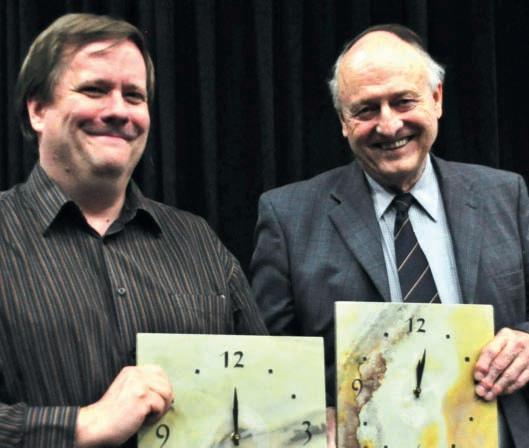
The H.M. Hunter Award was created to recognize those individuals who have served the Society in a variety of capacities over many years. It is named in honour of Harry M. Hunter, the Society’s 12th President, who served in 1939. The 2009 recipients of the H.M. Hunter Award are Peter Harrington and Peter Hay. The award was presented at the 2010 CSPG Awards Ceremony on May 10th, 2010 during the GeoCanada Convention.
Peter Harrington
Peter Harrington has been a member of the Society since 1984 and has actively volunteered with the Society in a variety of roles.
Harrington’s initial service was on the Continuing Education Committee. This was followed by approximately ten years in advertising, marketing, and sales of publications and seven years on the Stanley Slipper Gold Medal Award Committee. In addition to these long-term committee contributions, Harrington has served on the organizing committee of several annual conventions, the Mixed Golf Tournament Committee, and as a member of the AAPG House of Delegates. In 2006 and 2007 he served on the Executive in the Finance portfolio. Harrington is currently a Trustee of the CSPG Education Trust Fund.
This award recognizes Harrington’s varied
In late 2005, Cadrin joined the CSPG Committee on Conventions, which is the predecessor of the Joint Annual Convention Committee. This is one of the most visible committees and is responsible for multi-year convention planning (including appointment of the chair of each annual convention), overseeing logistics and recruiting the many volunteers who bring four to five thousand delegates to the convention every year. Cadrin’s term as Chair finished at the end of June 2010 but he will stay on as one of CSPG’s representatives.
Remarkably, Cadrin has fitted this volunteerism in between the demands of his day job as VP of Business Development at Sword Energy Trust. He has volunteered a substantial amount of his personal time and he believes in paying forward. Cadrin has been selfless and we as a Society can thank him and his family for his focus, vision, and time, with the CSPG’s President’s Award.
The full President’s Award citation for Dr. Tony Cadrin appears in the March 2010 issue of the CSPG Bulletin of Canadian Petroleum Geology.
volunteer contributions over the past 25 years.
Peter Hay
Peter Hay joined the CSPG in 1968 and has dedicated significant time to the Society over the past 40 years.
Hay’s main volunteer efforts have been the Publications Index Committee, producing three published indexes and the most recent digital version, which is available on the Society’s website. To paraphrase Hay, the Index has been a labour of love for him.
In addition to his long tenure on the Publications Index, Hay has served on two convention committees, the Executive, and four different Award committees, including the Stanley Slipper Committee. He also chaired the Membership Directory for several years and served a term on the AAPG House of Delegates.
This award is presented to Hay in recognition of his significant volunteer contributions.
The H.M. Hunter Award citation for Peter Harrington and Peter Hay appears in the March 2010 issue of the CSPG Bulletin of Canadian Petroleum Geology.
HOUSTON, TX • OCTOBER 4-8, 2010
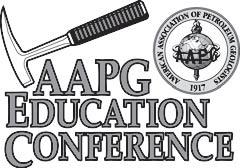
Courses will include:
803 Town & Country Lane Houston, TX 77024
p(713)590.0950 • f(713)490.0961
Special AAPG Group Rates at Nearby Hotels!
• Reservoir Characterization and Production Properties of Gas Shales
• Origins of Heavy Oil & Biogenic Gas
• Risk, Uncertainty and Decision-Making in Unconventional Resource Plays
• Organic Facies, Maturity and 3D Modeling in Unconventionals
• Log Analysis of Shaly Sands
• The Varying Role of Natural Fractures in Unconventional Reservoirs
• The Application of Geomechanics in Unconventional Resources
• Recognizing Unconventional Pay from Wireline Logs: Case Studies
Tuition for the week is only $1595 for AAPG Members or $1695 for Non-members* or $400/day for individual courses
*(price increases to $1695/1795 respectively after September 6, 2010; individual course prices increase by $50/course day after Sept. 6. 2010)
www.cspg.org
FRIDAy, AUGUST 27, 2010 - LyNX RIDGE GOLF CLUB
Format: Modified Texas Scramble, shotgun start at 8:00 am. Teams will be assigned according to handicap or average score. This is a fun tournament open to both men and women. Registration includes a Continental Breakfast, Dinner, Green Fees, and Power Carts.
Registration Deadline August 6, 2010 (Priority will be given to CSPG Members).
CSPG Members: Register online at http://www.cspg.org/events/events-social-golf.cfm. Non-Members and Guests: Mail or fax your form to CSPG’s office (contact information below).
□ CSPG - Member # □ Non-member
Name:
Company:
Address:
Phone (daytime):
Email:
□ Male □ Female
Phone / Cell (evening):
Club Handicap or average 18-hole score:
Guest Name: (One guest allowed per CSPG Member)
□ Male □ Female
Club Handicap or average 18-hole score:
Please note: A waiver must be signed by EACH participant five business days prior to the Mixed Golf Tournament. A waiver form registration will be removed from the tournament. All registrations must be accompanied by full payment. All cancellations or Phone requests will not be accepted. The cancellation or amendment must be received by 4:00 pm on August 13, 2010. A 15%
For more information, contact Brenda Pearson at 403-206-3339 or David Caldwell at 403-852-5571.
$ 90.00 Member
$ 130.00 Non-ember / Guest
will be distributed to you once your registration form has been processed. If a waiver is not signed prior to the tournament, your amendments to registrations must be received in writing via email to Brenda Pearson at bpearson@birchcliffenergy.com. cancellation and administration fee will apply. m
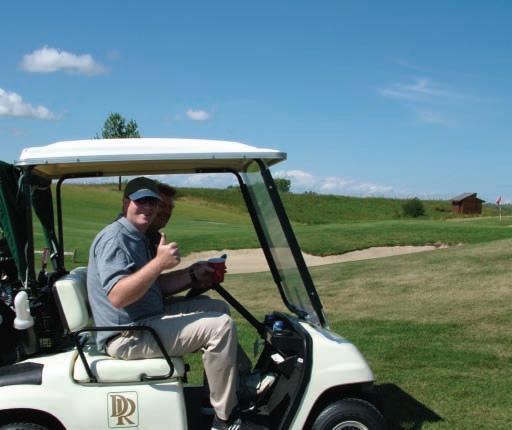
Extra Meal Ticket (Non-playing guests. Maximum 10 spots; first-come, first served.)
TOTAL (GST Included. GST # 118836295)
□ Cheque/Money Order (Payable to CSPG)
Expiry:
Signature:
Canadian Society of Petroleum Geologists
Attn: Mixed Golf Tournament
600, 640 – 8 Avenue SW Calgary, Alberta T2P 1G7
Phone: 403.264.5610 Fax: 403.264.5898
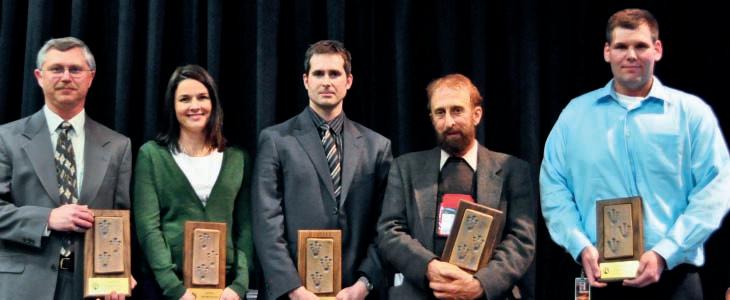
Tracks Awards are presented to CSPG members who have made outstanding volunteer contributions to the Society. These awards are designed to recognize individuals who have set new standards of excellence within the Society – those who have made “tracks” for others to follow. The six 2009 recipients of the Tracks Award are Norbert Alwast, Astrid Arts, Mike Cecile, Travis Hobbs, Ben McKenzie, and Chris Seibel. The awards were presented at the 2010 CSPG Awards Ceremony on May 10th, 2010 during the GeoCanada Convention.
Norbert Alwast
Alwast has been a member of CSPG since 1986 and has been chairing or co-chairing the Advertising Committee since 1996. During his 13 years of service, he has witnessed (and assisted in) the evolution of the CSPG Reservoir magazine and CSPG Technical Luncheons. Alwast is currently running the Advertising Committee as the sole member, and his role is to oversee advertising at Technical Luncheons, which includes slide presentations and table-top advertisements. Alwast’s organizational skill, attention to detail, and willingness to harness audio-visual technologies has provided firstclass advertising for our sponsors at the luncheons.
Astrid Arts
Arts has always considered volunteering for the CSPG to be a bit of a hobby. She started off volunteering for the 2001 and 2002 conventions and subsequently served on the board of the CSPG Trust and the CSPG Executive as Assistant and Services Director. She later became chair of the Electronic Communications Committee and spent almost two years rebuilding the CSPG website; for her it was a labour of love. The intricate detail of www.cspg. org reflects the vast amount of time Arts devoted to planning, reviewing, rebuilding and overhauling the website. She has created a face to the Society and a tool that has become indispensable to CSPG
members. Beyond the website, Arts was the first to launch the CSPG eNewsletter, helping to keep members informed of what is happening at the Society. Arts received a CSPG Tracks Award in 2002 and has also received numerous CSPG Service Awards.
Mike Cecile
Cecile has been a member of the CSPG since 1976. He commenced his CSPG volunteerism one year later with the Graduate Thesis Award Committee, which was followed by a Chair position on the Logan Day Committee for seven years (1978 marked the year that the Society began a tradition of celebrating Logan Day as Canada’s National Geology Day in the fall of each year). Later he became a director on the Executive Committee and moved up through the ranks as Vice President, President, and Past President. As Past President, Cecile represented the CSPG on the Canadian Geoscience Council and on the Alberta Geological Survey Committee for two years. In 2007 Cecile agreed to take on the role of 2009 CSPG General Co-Chair. The role of the convention cochair is to define a theme for the annual convention; Cecile proposed “Frontiers and Innovation” which was accepted as the theme. Cecile’s longstanding and continued role as a volunteer for the CSPG has been rewarding due to the many great friends and professional colleagues he has met and worked with over the years.
Travis Hobbs
Hobbs served in leadership roles with the CSPG Continuing Education Committee since 2005, first as Co-Chair and then as Chair from 2007 to 2010. The Continuing Education Committee provides training and development for our members throughout the year and is exceptionally busy during the Joint Annual Convention. Hobbs has grown the committee from four members to its current size of 12 dedicated volunteers who deliver quality courses to members, establish summer field seminars, and
have most recently taken on the role of organizing short courses and field seminars for the upcoming AAPG International Conference and Exhibition being held here in Calgary this September. Hobbs was also the Education Chair for the GeoCanada 2010 convention and organized the 35 short courses and 21 field seminars for all eight of the participating societies.
Seibel has volunteered with the CSPG Technical Luncheon committee since 2002 as a co-chair, and for the last few years has chaired the committee. Every year he works with the other co-chairs and CSPG office staff to plan and execute semi-monthly technical luncheons. Seibel’s committee meets on a regular basis to review, evaluate, and invite potential speakers from across North America and around the world to speak on topics ranging from fossils and paleoclimate to economic geology. Seibel and the other technical co-chairs work diligently with office staff to ensure agendas, speakers, speaker thankers, chairpersons, and announcements are all in place. The success of the committee is evident in the fact that there have been three sold-out luncheons this year.
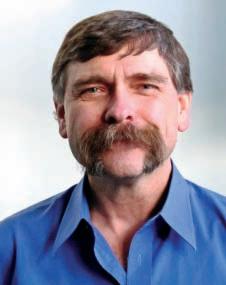
In his eighth year as Reservoir Magazine Technical Editor, McKenzie continues to dedicate a significant amount of time and effort to the various tasks necessary to produce the Society’s monthly magazine. In addition to reviewing everything that goes in the publication, McKenzie also writes the occasional article and puts together technical illustrations for other authors when needed. In 2009, he also stepped in as Chair of the Digital Atlas Committee and, despite the effects of the recession, has been instrumental in advancing that project further down the road towards implementation.
The full citations for Tracks Awards appear in the March 2010 issue of the CSPG Bulletin of Canadian Petroleum Geology.
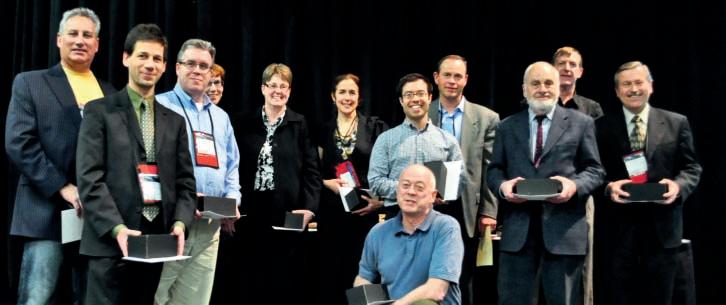
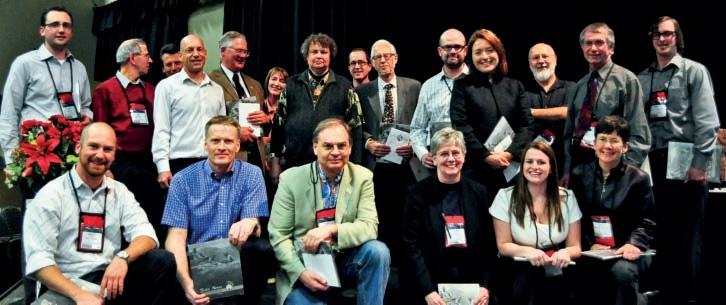
Volunteers are essential to the services and programs offered by CSPG; without volunteers our organization would not exist. CSPG recognizes our extraordinary team of volunteers through Service and Volunteer Awards. These awards were presented at the 2010 CSPG Awards Ceremony on May 10th, 2010 during the GeoCanada Convention.
Service Awards are given to CSPG members who have contributed to the welfare of the Society through committee or other volunteer work and are generally awarded for five to ten years of service on a committee, service on multiple committees, or service of retiring committee chairs.
Volunteer Awards are presented every year to CSPG members who have demonstrated significant service to the Society through volunteer work for at least two years of service on a committee, recognizing committee members who have demonstrated commitment to the Society’s needs.


For a complete list of the 2009 Service and Volunteer Award recipients, please refer to the January 2010 Reservoir or online at http://www.cspg.org/about/awards.cfm.



4th Annual Education Week
October 25 - October 29, 2010
www.cspg.org/education/education-week.cfm
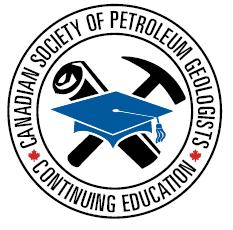
Instructor: Dr. Basim Faraj, Unconventional Gas Specialist at Talisman Energy
Description: This one-day course will introduce the fundamental differences between conventional hybrid and shale gas plays. Source and reservoir rock attributes of shale gas plays will be discussed as well as GIP calculations, water, oil and gas saturations, essential laboratory analysis, and optimum geochemical and mineralogical parameters. Slickwater completion lessons learned from the US will be detailed. Canadian plays will be highlighted and discussed.
Instructor: Andrew Miall, Professor of Geology, University of Toronto
Description: The focus of this two-day lecture course will be on the reservoir architecture and sequence stratigraphy of fluvial systems and will contain descriptions of fundamental basinal controls on fluvial systems. Information and ideas presented in the course will contribute to the development of fluvial sandstone production and exploration models.
Instructor: Dr. James Dixon, Geological Survey of Canada
Description: The objective of this half-day course is to help explorationists understand the regional stratigraphic setting of Triassic rocks and how this can be used in a more local exploration program. The course consists of two lectures, some correlation exercises, and an examination of several cores that illustrate various facies types and/or significant stratigraphic surfaces.
Instructor: Dr. Octavian Catuneanu, Professor in the Department of Earth and Atmospheric Sciences at the University of Alberta
Description: This workshop presents the concepts and practical applications of sequence stratigraphy for petroleum exploration and production. All concepts are illustrated with field examples of seismic, well-log, core, and outcrop data. In-class exercises emphasize the recognition of sequence stratigraphy surfaces, and systems tracts on well-log cross-sections, seismic lines, and outcrop profiles.
Instructor: Andrew Miall, Professor of Geology, University of Toronto
Description: A practical course designed to assist the petroleum geologist in the identification of different types of sequence, based on generating mechanisms. The sequence architecture in a given basin may reflect the action of several simultaneous processes interacting locally to globally over a wide range of time scales.

For more information and to keep up to date with added Courses please see: www.cspg.org/education/education-week.cfm tinadave@telusplanet.net For additional information, contact Tina Donkers at:
| By Tannis McCartney
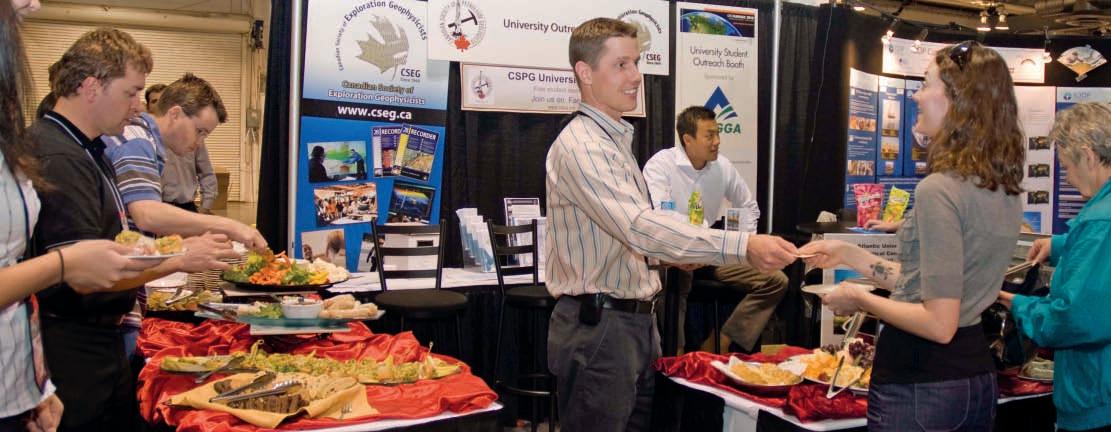
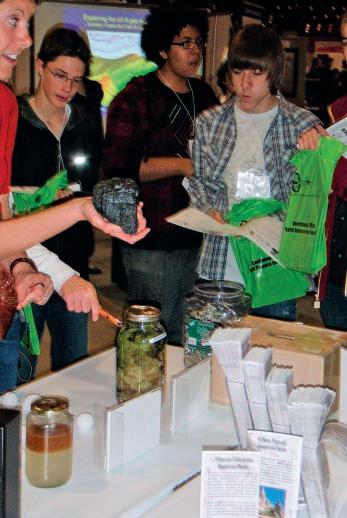
GeoCanada 2010 has come and gone, and the University Outreach Committee made sure that students of all ages felt welcome. Whether it was playing foosball at the University Outreach booth on the Exhibit Floor, building a delta at the Earth Science for Society Exhibit, or dancing up a storm at the Student Pub Night, there were plenty of activities for students at GeoCanada.
The University Outreach Committees from both the CSPG and the CSEG worked together to provide a booth where students could play foosball, get candy, sign up for membership in the societies, and enter draws.
Members of the CSPG University Outreach Committee, in particular, Denise Hodder, also put together a booth for the Earth Science for Society exhibit held in conjunction with GeoCanada. The theme of the booth was “Petroleum Geology Rocks,” and Calgary area students and members of the public who attended learned about reservoirs and source rocks. Highlights of the booth were the working models of a river channel with point bars, and the delta being built in an inflatable swimming pool. It wasn’t just the students who enjoyed seeing this model in action: a few teachers were taking notes on how to replicate these demos in their classrooms.
For many students who attended GeoCanada 2010, the highlight was the Student Pub Night, held on the Wednesday evening at Local 522. This was one of two activities for students held away from the convention site, the first being the Student Downtown Field Trip earlier in the same day. Students from universities across Canada, and a few from outside, came out to Local 522 to socialize and dance to the tunes provided by DJ Dolomite.
The University Outreach Committee would like to thank everyone who has donated to our initiatives at GeoCanada 2010, and throughout the past year. The work we do for students couldn’t happen without your sponsorship and your time.
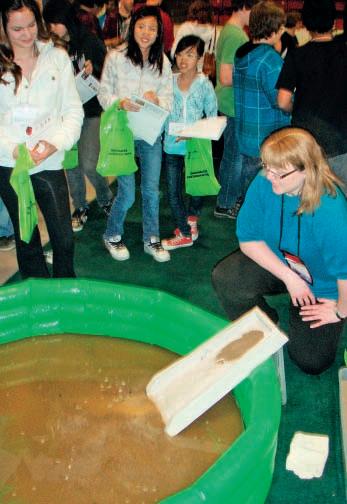
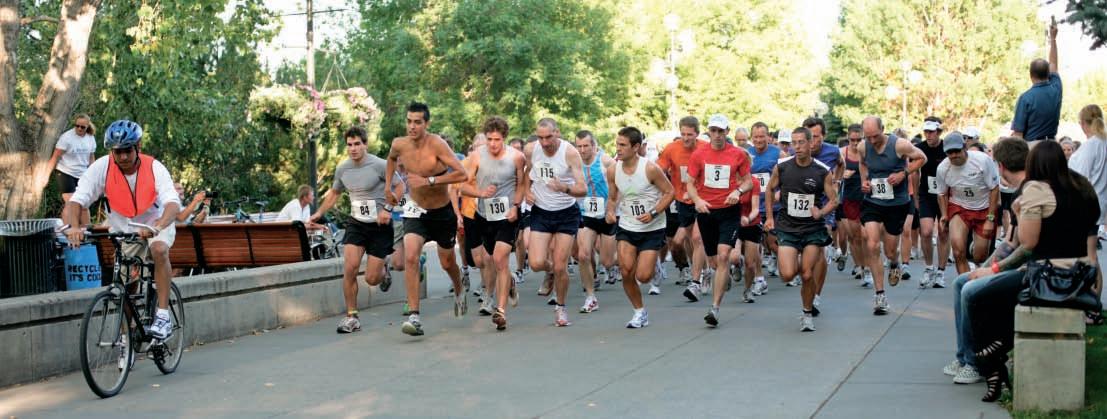
Once again, the CSPG-CSEG will be running its annual Road Race and Fun Run this September. Building on last year’s format, the event promises to be better than ever!
We will be offering both a 10km and a 5km race. We have secured Winning Time to provide chip timing and Events-on-Line will provide easy on-line registration.
The run will take place on Wednesday, September 15, 2010 beginning at 6:00pm at the Eau Claire yMCA. The route will take you on an out-and-back course along the beautiful Bow River pathways, finishing at the Eau Claire yMCA. Following the race, all racers, volunteers, and guests are invited to gather at a new venue, the Calgary Curling Club, just north of Prince’s Island Park for awards, draw prizes, refreshments, and some friendly camaraderie. So if you are looking for a competitive race or just want to have fun, come join us!
The race is open to all members of the CSPG, CSEG, and CAPL, and the general public; however, space is limited to 200 participants. Register early to avoid disappointment! There will be NO race day registration. For more information or to register, visit our website www.cspg. org/events/events-social.cfm.
To help you, Gord Hobbins of Gord’s Running Store has developed a 10km race training guide for novice runners. Try it out and benefit from some expert advice. you may be surprised how easy it can be to gently get yourself in condition for your first race.
G ORD’S 12-wEEK T RAINING GUIDE FOR NOVICE RUNNERS
Guidance/Tips: For novice runners who wish for a do-it-yourself program at your leisure.
• Run for short durations between 3 and 5 times per week according to schedule, with your long run days being the key to your training program.
• If your running shoes are giving you some problems, get some that fit and match your gait.
• Guide allows for a gradual increase to a comfortable load; your legs may need some conditioning at first.
• Yes, times are in minutes. The secret is to be regular and not beat yourself up.
• Wear a hat and cool shades. Keep well hydrated. It really helps.
• Gently stretch those calves and quads afterwards.
• Take along a friend and convince them to sign up for CSPG, CSEG, and the Road Race as well.
• There are many running/training groups in town if interested in more.
Many thanks go out to our sponsors and volunteers who make this event possible each year!
Aug 30-Sept 6–15-25 min0-10 min15-25 min0-10 min–45 min
Sept 6-Sept 12–20-30 min0-10 min15-25 min0-10 min–25 min Sept 13-15–Rest10
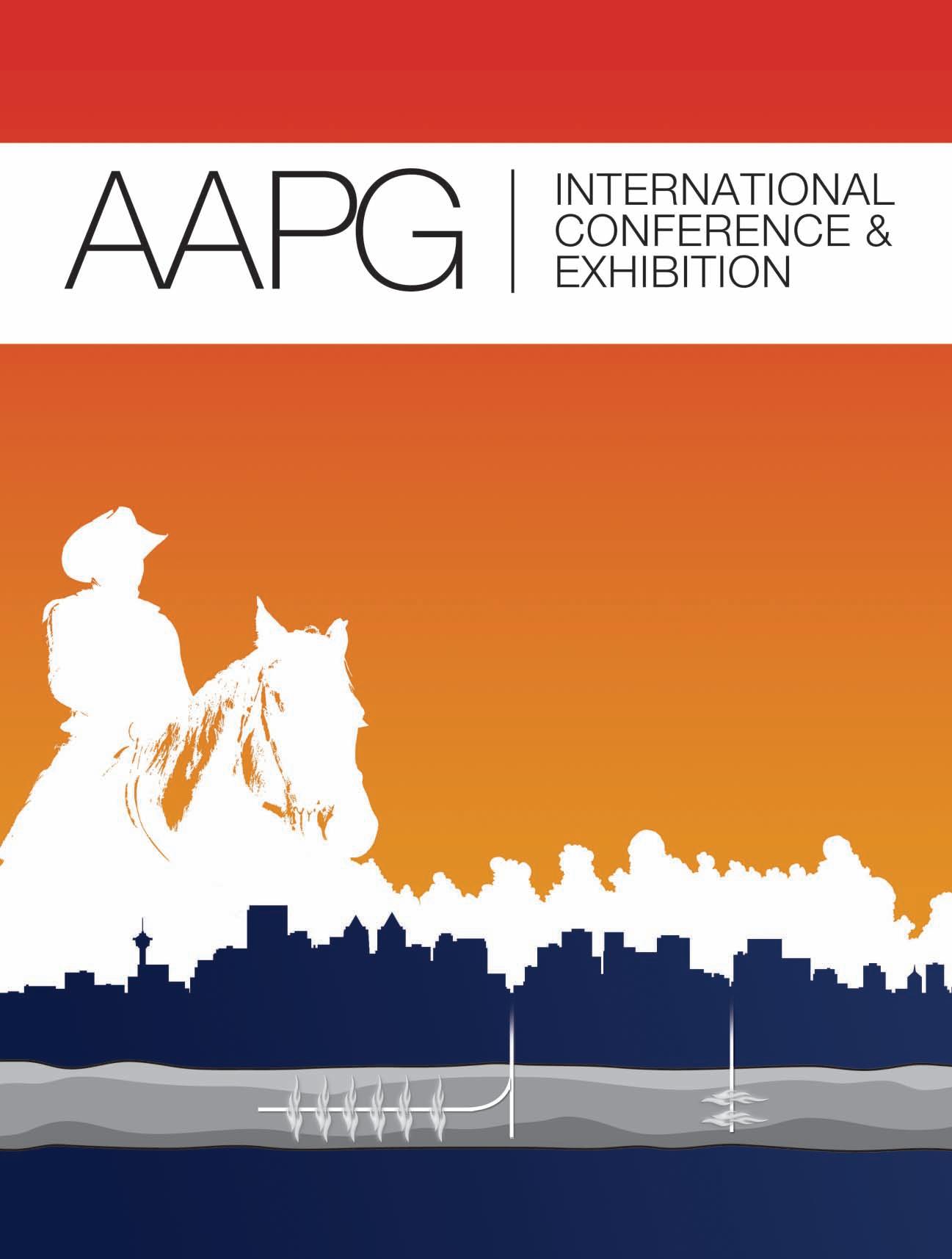
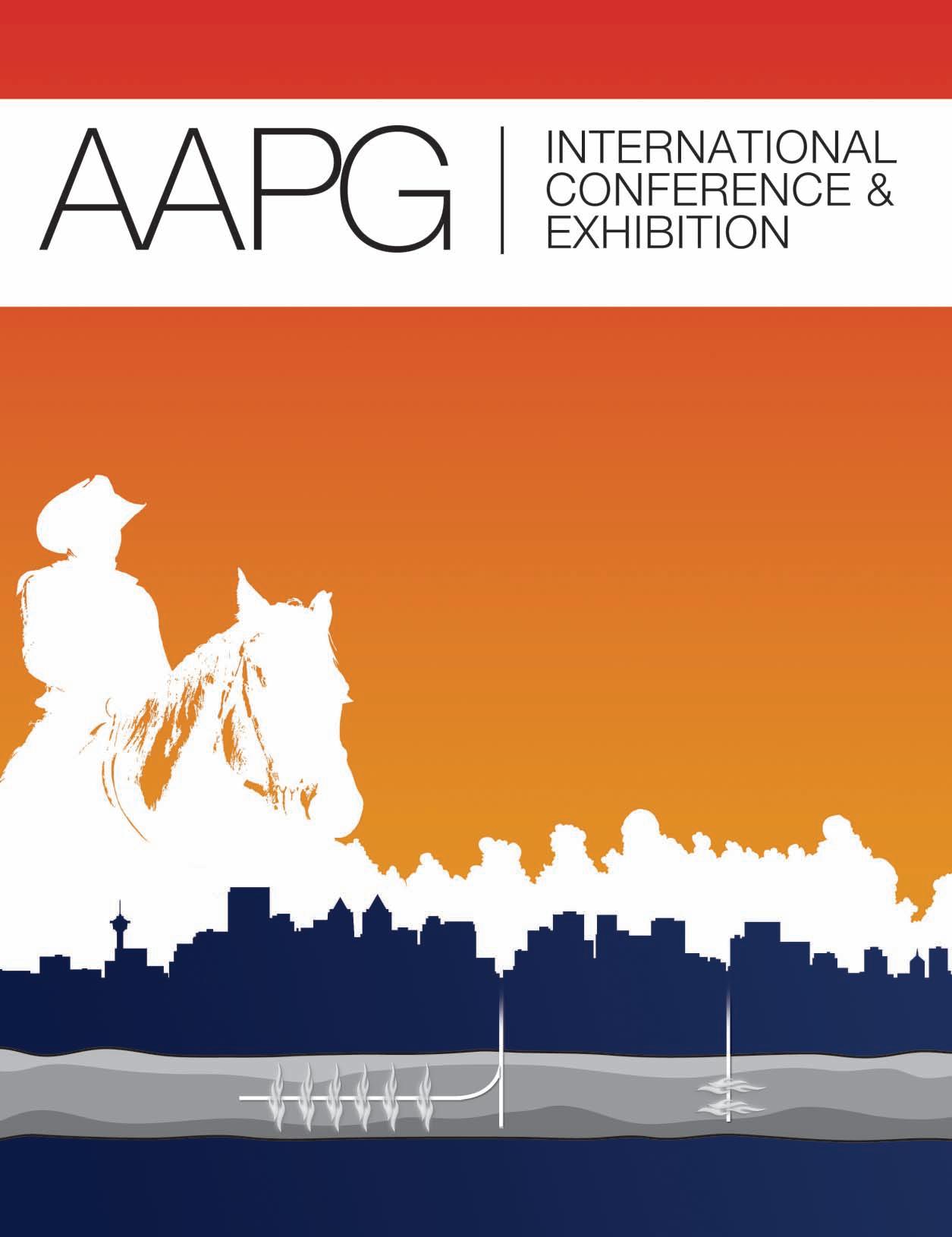
MEMBERS – Register Now and take part in these conference-themed events:

CSPG/AAPG Unconventionals Day • , Tuesday, 14 September, with a topical luncheon, special forums and lecture, and numerous technical presentations highlighting the importance, future and development of unconventional resources. Don’t forget — members of CSPG, AAPG and Associated Societies receive special membership pricing, whether for full conference registration or just one day.
CSPG Core Conference • following ICE, Thursday, 16 SeptemberFriday, 17 September, at the ERCB Core Research Centre, showcasing up to 30 integrated core and poster displays with a focus on unconventional, frontier and international hydrocarbon systems. Requires separate registration.


AAPG’s 2010 International Conference & Exhibition (ICE) will be held in Calgary, Alberta September 12-17, 2010.
ICE promises to offer delegates a technical program that attracts the innovators and decision-makers in petroleum geosciences and related industry worldwide. ICE will also have an Unconventionals Day, a Core Conference with international core samples, short courses, field seminars, and networking and social events – in addition to the exhibition that will feature the latest technologies. What you might not be aware of is the extensive role CSPG has in ICE as a sponsoring society.
As unconventional resources play a pivotal role in the oil and gas industry, CSPG and AAPG have organized an entire day within ICE devoted to the importance, future, and development of unconventional resources.
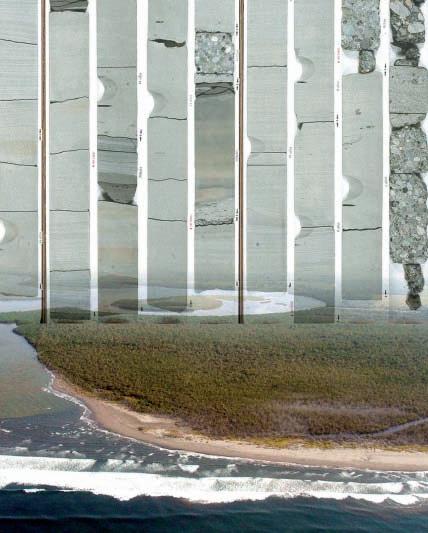
Unconventionals Day includes a business forum entitled “u nconventional Exploration and Development Geoscientists’ Toolbox: What New Tools Do Geoscientists Need in the Next Decade?” chaired by R. Herbert and J. Frasier. This session features a panel of professionals from major oil companies, independents and the service sector, to discuss the future of unconvention exploration and exploitation of oil and gas resources. There will also be a management forum, “E&P Challenges in Complex Environments: From the Arctic to Deep Water,” co-chaired by P.O. yilmaz and S. Al-Hajri. Some topics are unconventionals of North America, the ultra-deep waters of the Atlantic, onshore and offshore remote Arctic, Sakhalin, Kazakstan, deserts of the Gulf region, and China. Additional themes are development of new technologies; environmental impact; and relationships between governments, companies, and communities. In addition to the forums, R. Clark and F. Hein are co-chairing a special lecture, “Geology of a Major SAGD Bitumen Development – A Case Study from Long Lake, Northeastern Alberta,” with Dale Leckie and co-authors Chris Seibel and Milovan Fustic (Nexen Inc.).
On Tuesday, September 13, there will be numerous technical presentations and posters related to unconventional resources. This special Unconventionals Day is also available on a one-day pass. For more information on Unconventionals Day, visit https://aapg.org/calgary.
CSPG is running a day-and-a-half Core Conference for AAPG ICE at Calgary’s Energy
Resources Conservation Board (ERCB) facility, to begin September 16. The Core Conference, co-chaired by Nathan Bruder and John Cody, will showcase up to 30 integrated core and poster displays and focus on unconventional, frontier, and international hydrocarbon systems. The core conference is targeting unique and interesting core displays ranging from unconventional exploration in tight oil sands of western Canada, tight gas sands and shales of Canada and the United States, and conventional frontier exploration in the Canadian Arctic and the North Sea and countries such as Peru, the united Kingdom and Yemen The Core Conference will allow attendees to examine the rocks in detail and interact with the presenters. Visit either www.cspg.org or https://aapg.org/calgary learn more about the Core Conference or to register.
Short courses are ideal for your professional development and CSPG is organizing five of the eleven pre- and post-conference short courses for ICE this year. Julia Baumeister is the chair of the CSPG-run short courses. The list of CSPG short courses is below. Visit www.cspg.org or https://aapg.org/calgary to learn more about the courses or register.
• Clastic Facies and Depositional Environments in Core with Bill Arnott,
• Seismic Interpretation of Structural Styles with Mark Cooper and Marian Warren,
• Fault Seal Analysis with Russell K. Davies,
• Practical Geomechanics for Unconventional Oil and Gas with Pat McLellan, and
• Sequence Stratigraphy with Ashton Embry.
Field seminars are also a great means of professional development as they permit handson training. CSPG is offering 12 of the 16 pre- and post-conference field seminars for ICE this year. Dennis Meloche is the chair of the CSPG-run ICE field seminars. The list of CSPG field seminars is below. Visit www.cspg.org or https://aapg.org/calgary to learn more about the field seminars or register.
• Sequence Stratigraphy, Sedimentology and Reservoir Facies of the Montney Formation with Thomas F. Moslow and John-Paul Zonneveld,
• Sequence Stratigraphic Evolution of an Upper Devonian (Woodbend and Winterburn Groups) Reef-Off-Reef Transition, Cripple Creek Outcrop, Ram Range, Alberta with John Weissenberger and Murray Gilhooly, Pak Wong, and Ken Potma,
• Cambrian-Hosted Structurally Controlled “Hydrothermal” Dolomite: Rock Fabrics to Reservoir Implications with Graham Davies,
• A Revised Regional Stratigraphy and Stratigraphic Architecture for the Horseshoe Canyon Formation: Outcrop and Subsurface with David A. Eberth,
• Structural Geology of the Rocky Mountain Foothills and Front Ranges, Banff and Kananaskis Region, Alberta, Canada with Greg Soule and Paul MacKay,
• Seafloor Hydrothermal Processes in the Middle Cambrian Burgess Shale, yoho National Park, British Columbia with Christopher J. Collom and Randle Robertson,
• The Horseshoe Canyon-Bearpaw Transition: Challenging Sequence Stratigraphic and Depositional Paradigms (Student Field Trip) with Dennis Meloche,
• Triassic Rocks of the Kananaskis Valley — A Montney Formation Outcrop Analogue with Dan Edwards,
• Shales and Sandstones of the Upper Cretaceous in the Southern Alberta Foothills; Outcrop Analogs of Shale and Thin-Bedded Shelf, Pro-Deltaic, and Shoreface Sandstone Reservoirs with Per Kent Pedersen and Karsten S. Nielsen,
• Geology of the Athabasca Oil Sands: Exploring an Oil Field in Outcrop with Mike Ranger and Murray Gingras, and
• Regional Aspects of Marine and Non-Marine Sandstone Gas Reservoirs: Belly River Group, Southern Alberta Plains with Jim Barclay and Andy Vogan and David Eberth.
CSPG is pleased to welcome AAPG ICE to Calgary so that CSPG members can look forward to a leading edge and informative conference.
Registration for AAPG ICE is now open so register today at https://aapg.org/calgary/.
| by Leena Davis and Matt Herod. Photos by Steve Wickson and Irving Tan.
This year’s Advances in Earth Science Research Conference (AESRC), ‘Geosciences: A World Beyond Textbooks,’ was held at the University of Ottawa, Ontario from March 26 – 28, 2010. The aim of the conference was to allow graduate students in the Earth Sciences to present their research to their peers and to foster inter-university communication and collaboration. This year the conference was organized by Lilian Navarro, Leena Davis, Matt Herod, Kristen Feige, Mohamed Hamad, Syakir Misha, yves Moussallam, Kerstin Brauneder, Maria Stefanescu, Carley Senkowski, and Nicole Williamson and had a record attendance of 83 people, including 61 students, 12 faculty, five industry sponsors, and five keynote speakers.
This bilingual, graduate-student-run conference is the only one of its kind in central Canada and attracted students from eight universities across Ontario and Quebec. Participating universities included University of Ottawa, Carleton University, Queen’s University, University of Toronto, University of Montreal, Université du Québec à Montréal, University of Waterloo, and McMaster University.
The conference began with a welcome reception and poster session, where 13 graduate and undergraduate posters were on display. Over the following two days, 31 oral presentations were given by students, discussing their latest research findings, which covered a variety of geoscience topics: (I) Igneous Petrology, Metamorphic Petrology, and Tectonics; (II) Sedimentology, Stratigraphy, and Paleontology; (III) Microbiology and Geochemistry; and (IV) Hydrogeology and Geoengineering. Each session began with a lecture by a prominent keynote speaker: Dr. Jeffrey Hedenquist, Dr. Bill Arnott, Dr. Alexandre Poulain, Dr. Liam Keiser, and Dr. Ian Clark, respectively.
Saturday night attendees enjoyed a conference dinner hosted by Jazzy Restaurant at the University of Ottawa. At the closing ceremony, several distinguished awards and prizes were announced: the AESRC 2010 – CSEG best undergraduate poster received by Jamie Cutts (Carleton University), the AESRC 2010 – CSPG award
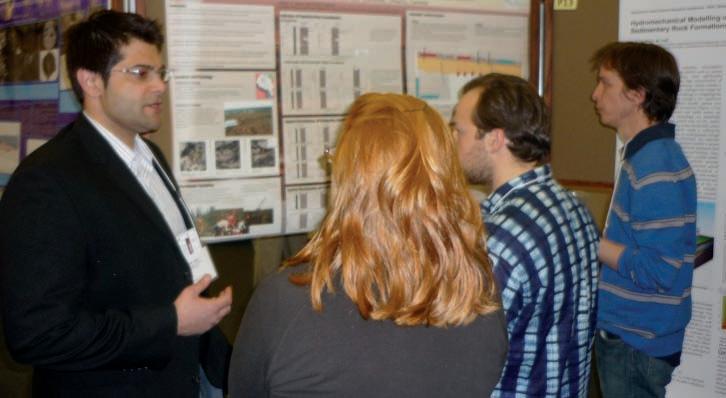
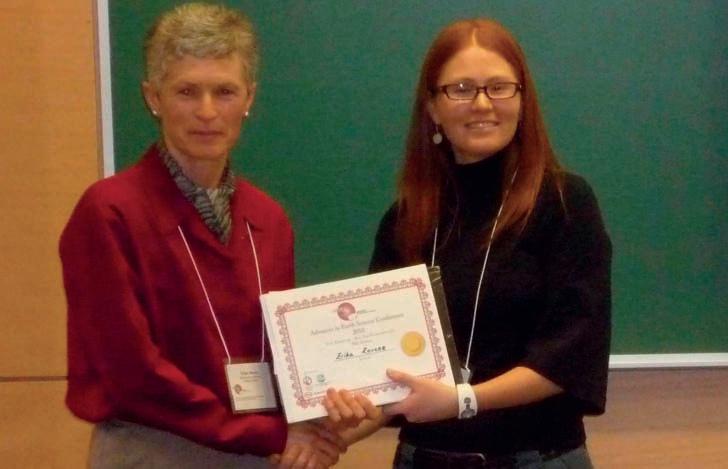
for best graduate poster went to Leena Davis (University of Ottawa), the AESRC 2010 – Imperial Oil award for best M.Sc. talk to Melanie Mercier (Carleton University) and the AESRC 2010 – CSPG award for best Ph.D. oral presentation to Deanne van Rooyen (Carleton University).
This conference would not have been possible without the generous contributions of our sponsors Imperial Oil, APGO, CSPG, CSEG, Barrick Gold Corp, Isomass Scientific
Inc., University of Ottawa Faculty of Science, University of Ottawa Department of Earth Science, Ottawa-Carleton Geoscience Centre, Mineralogical Association of Canada, and Northern Shield Resources. Industry representatives from Imperial Oil, APGO, CSEG, and CSPG set up exhibition booths during the conference.
For more information on the conference, visit http://sites.google.com/site/aesrc2010/ home.

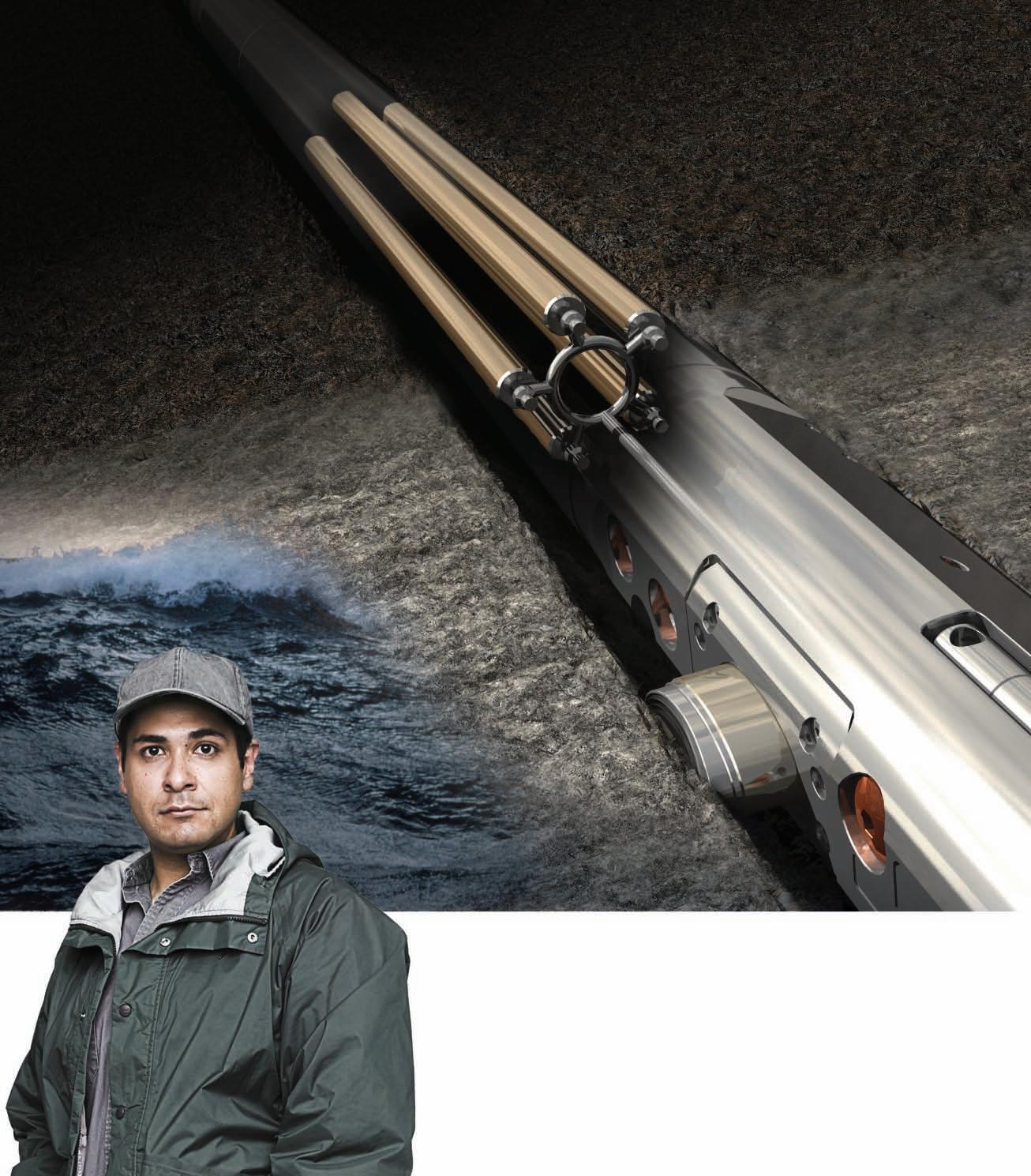
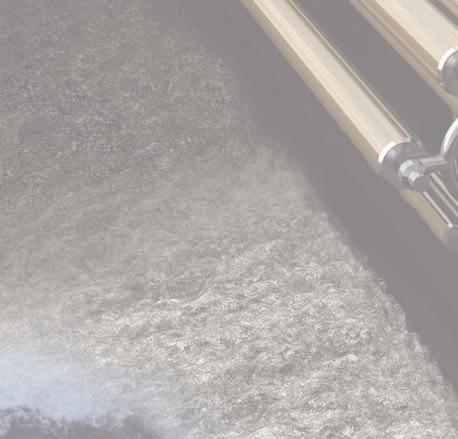

Until now, retrieving formation fluid samples during drilling couldn’t be done. Perfect for deep water, the GeoTap® IDS sensor not only provides truly representative fluid identification and sampling on LWD, it can save you millions in hidden NPT costs routinely incurred with wireline sampling. What’s your deepwater sampling challenge?For solutions go to Halliburton.com/geotap.
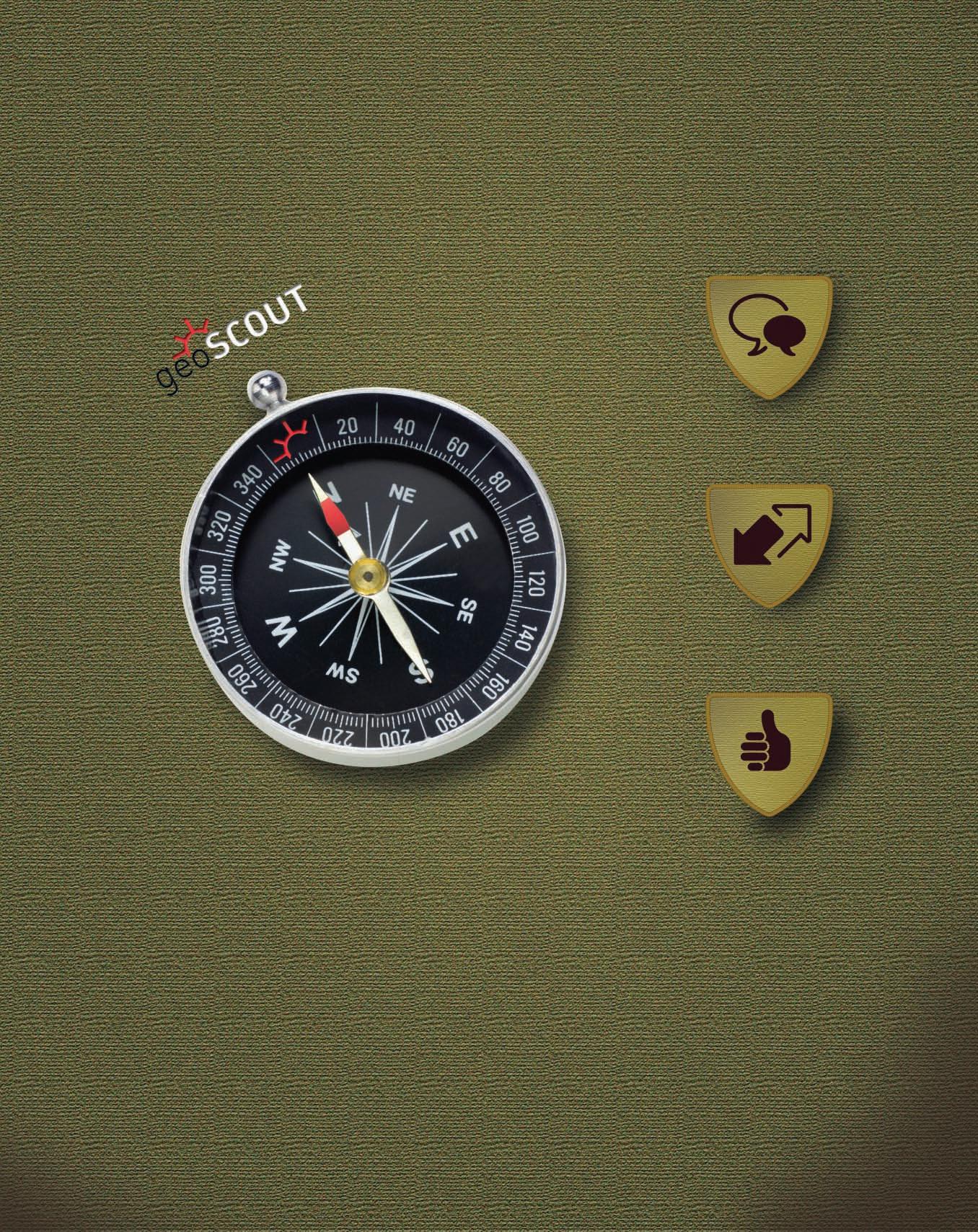
Thousands of landmen, engineers & geologists use geoSCOUT oil and gas mapping and analysis software every day, to make more efficient, informed decisions. Give us an hour for a demo – we know you’ll see the value. Call 403.262.1992 Email info@geoscout.com | Online www.geoscout.com If you want easy-to-use
– there’s only one direction to go
geoSCOUT™ uses a Windows-based platform that makes it easy for you to get the oil and gas data you need to make smarter decisions faster and to maximize the return on your oilfield investments. And, our solution provides you with a complete package that all your departments can use.
industry-leading customer service easy & efficient migration of existing data helping clients increase productivity
Another powerful suite of tools from